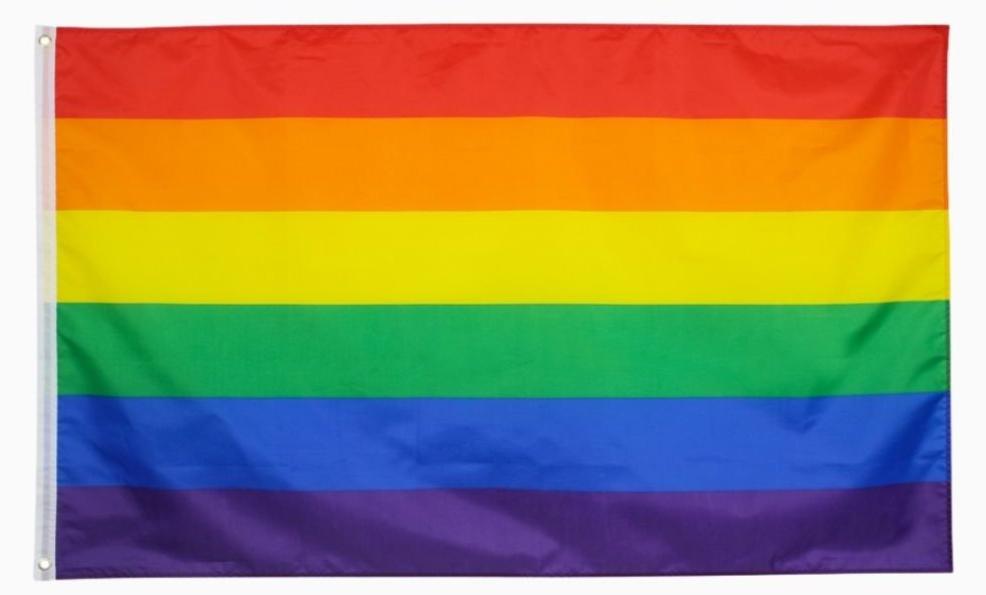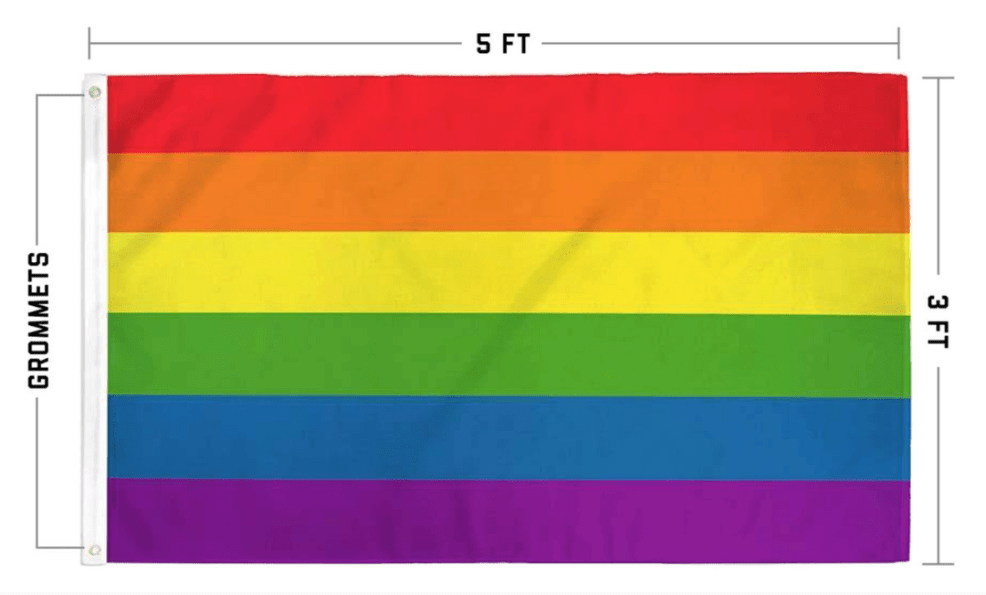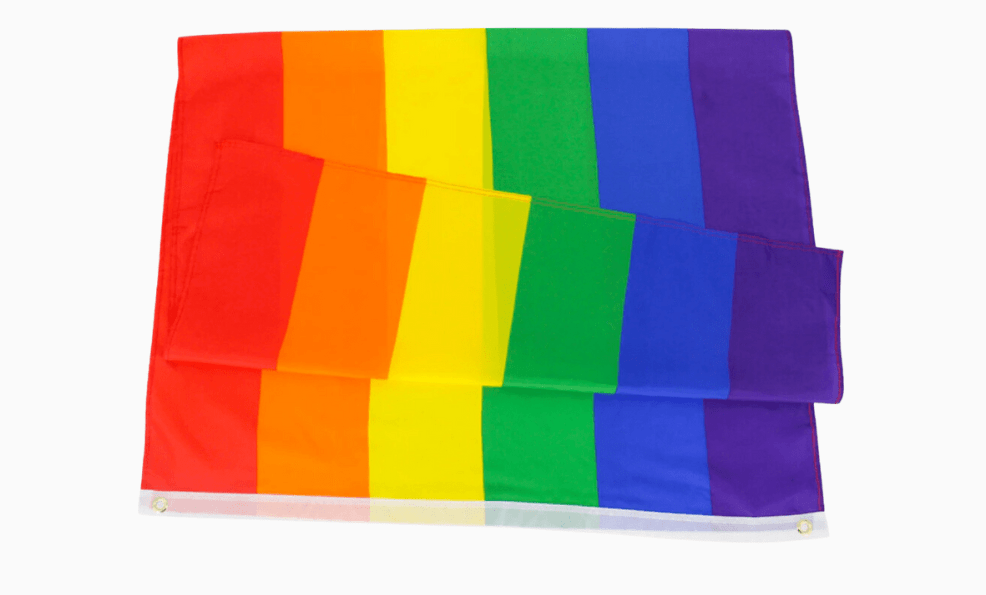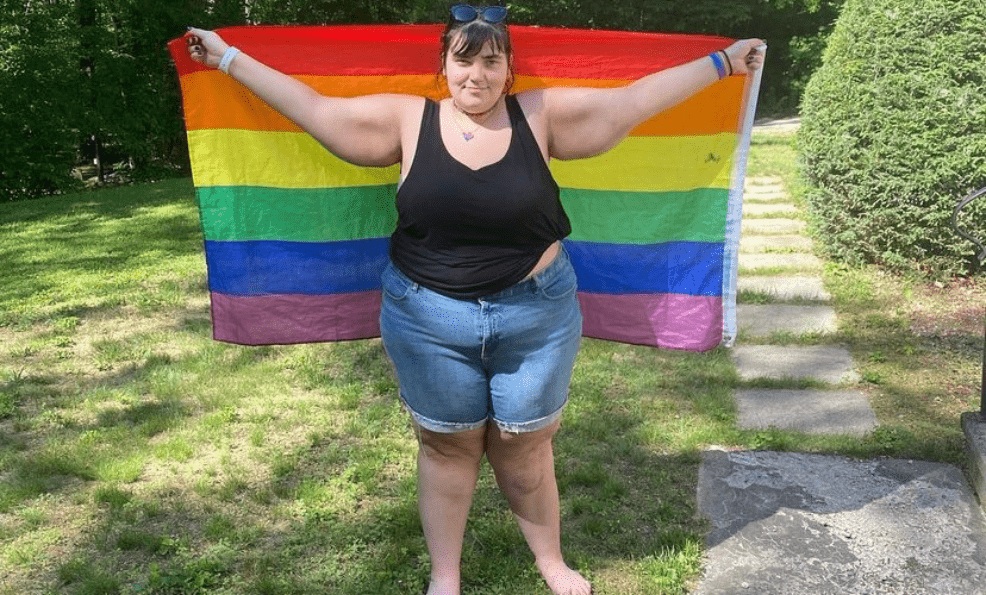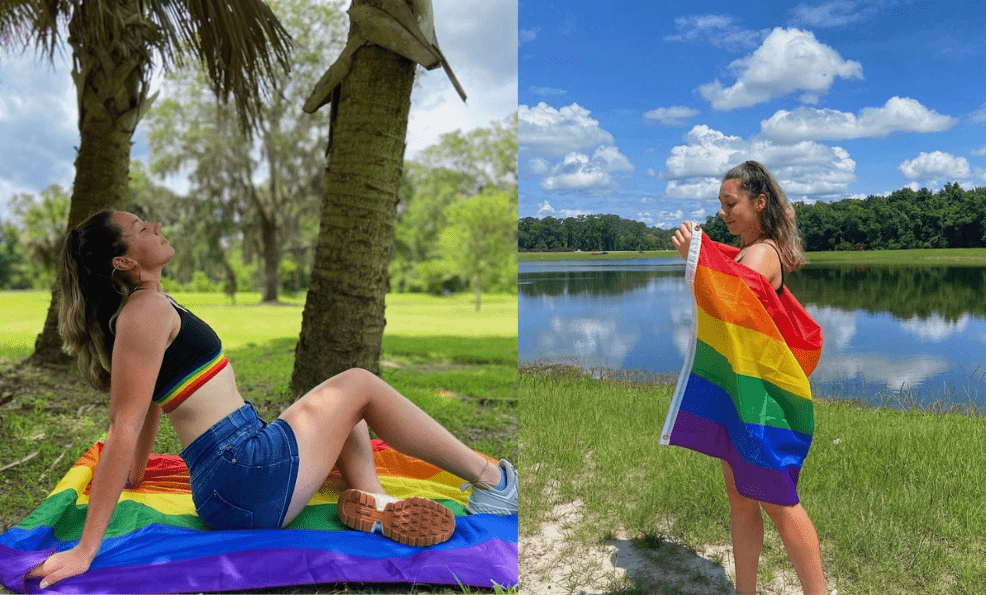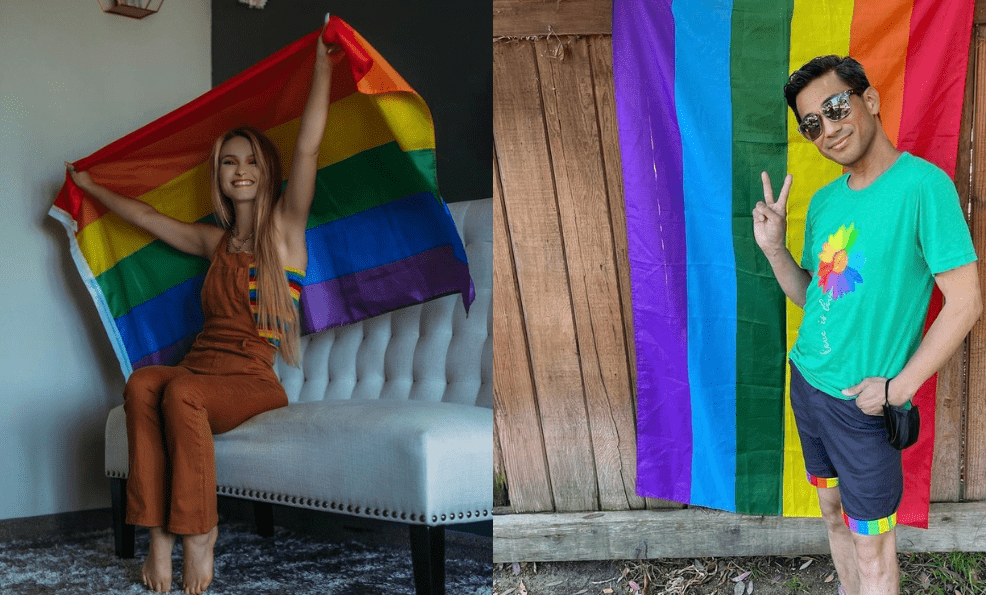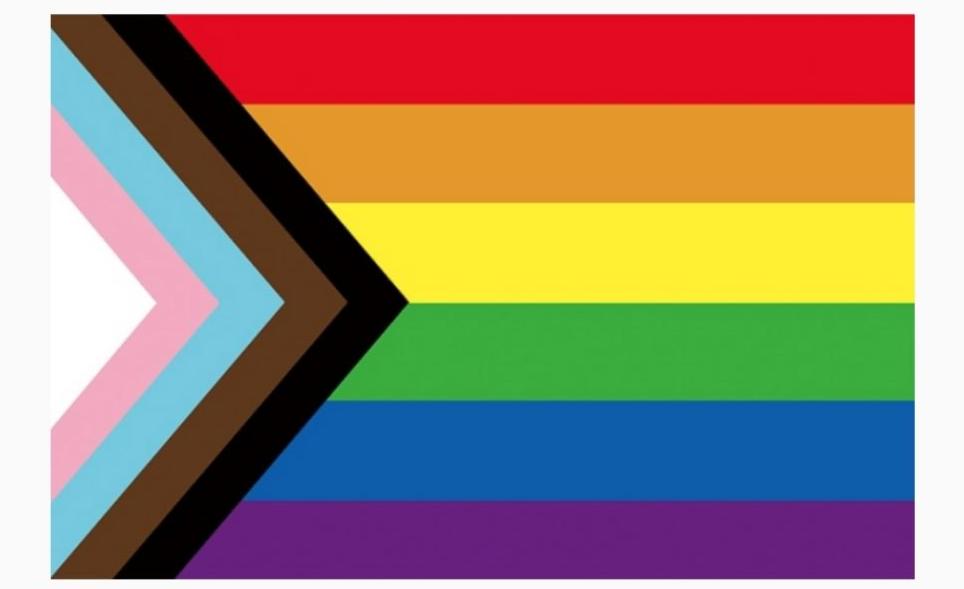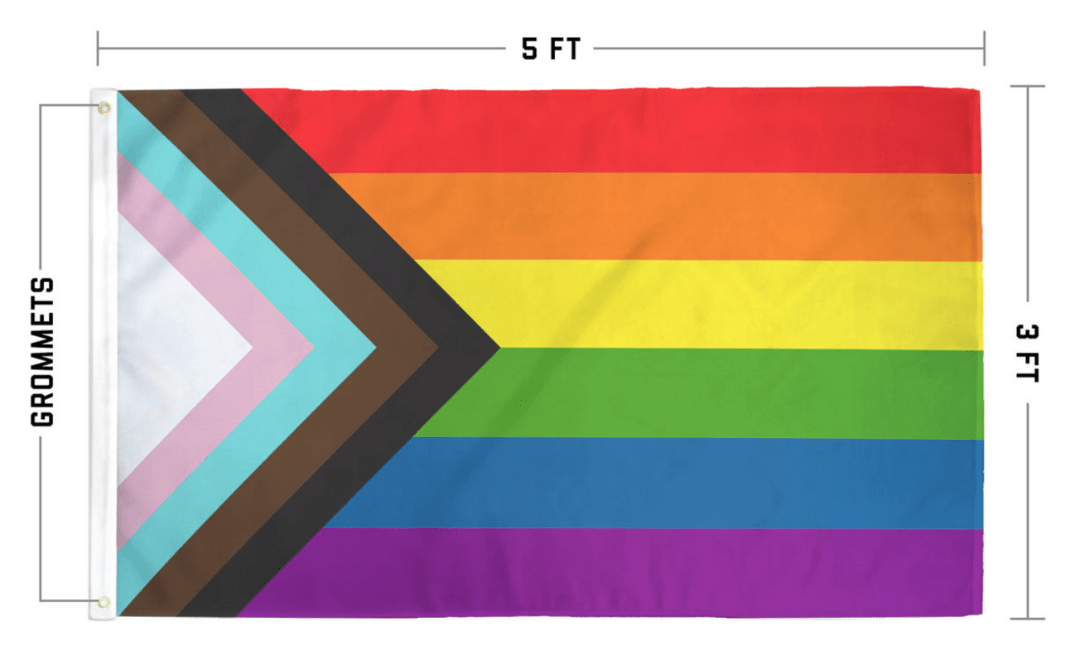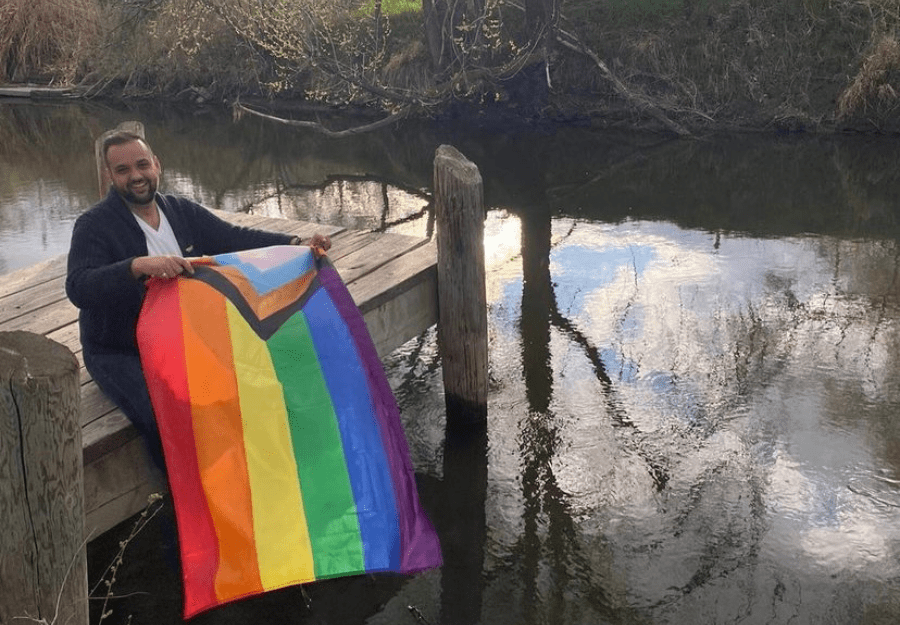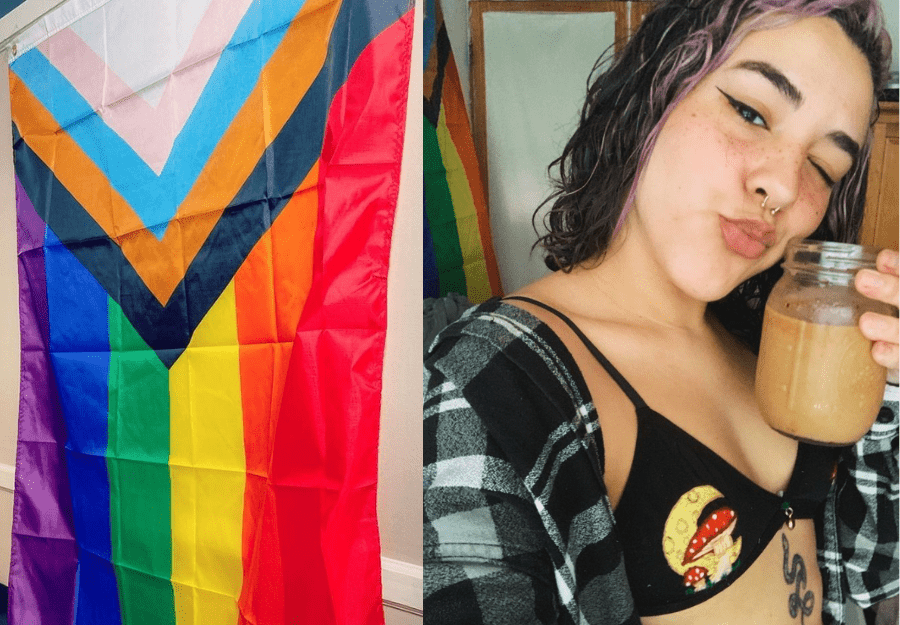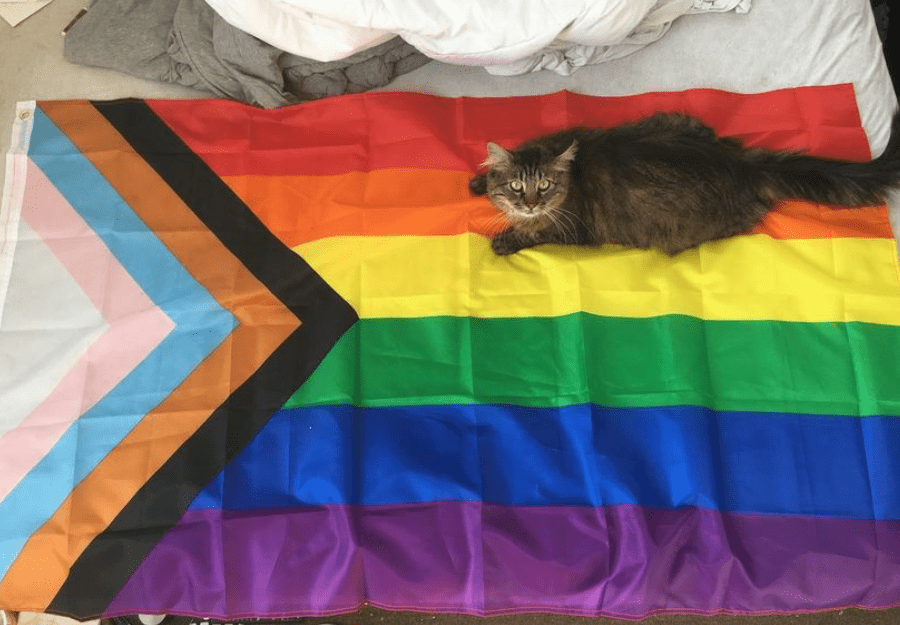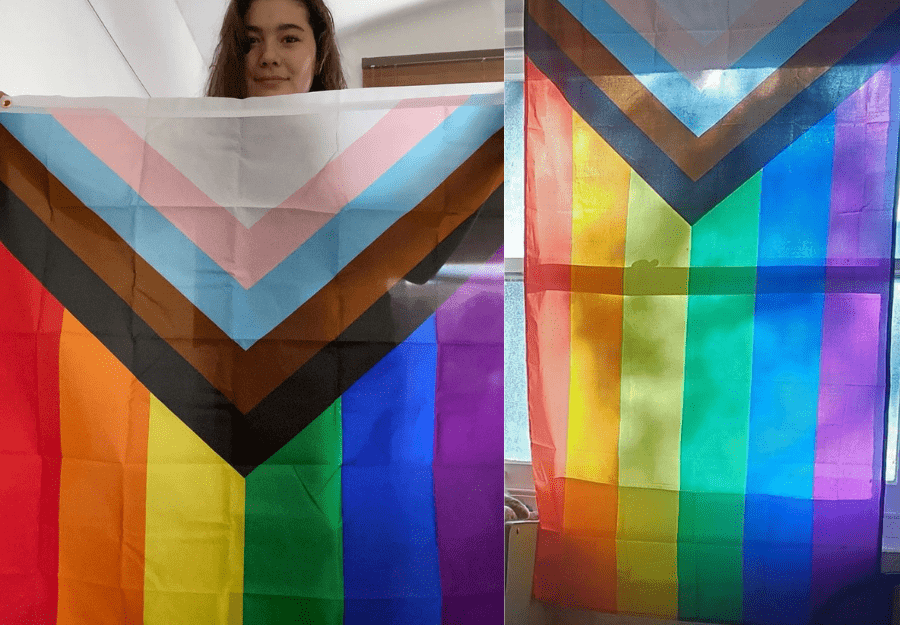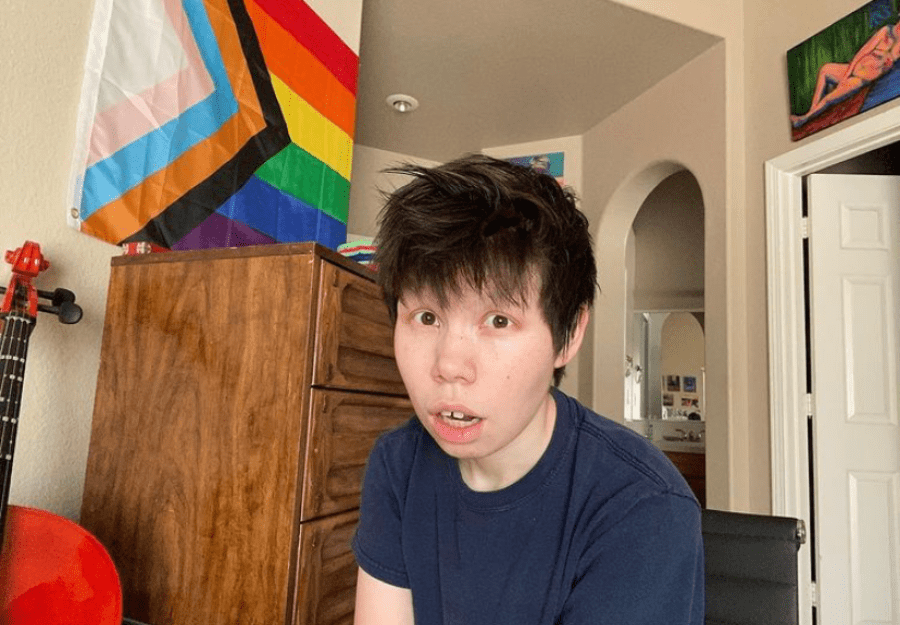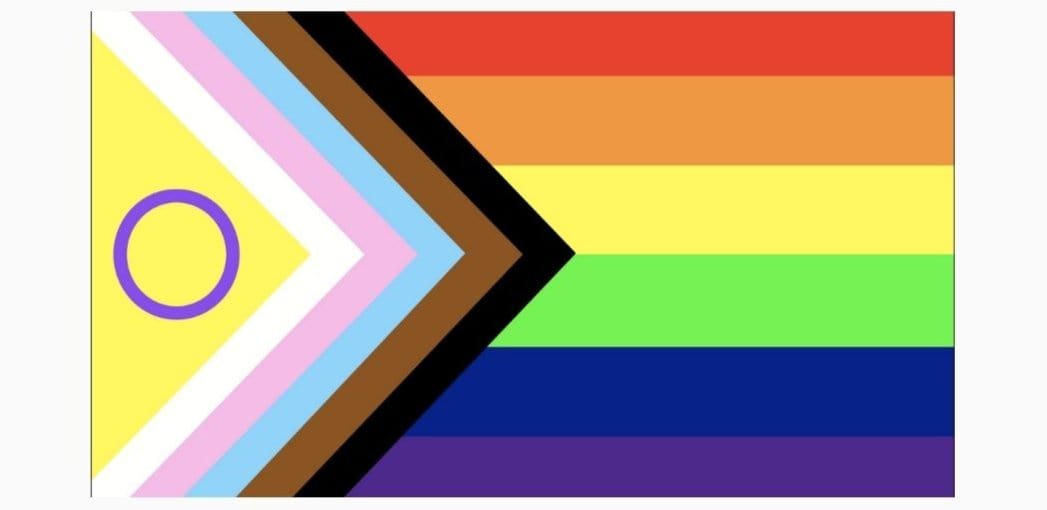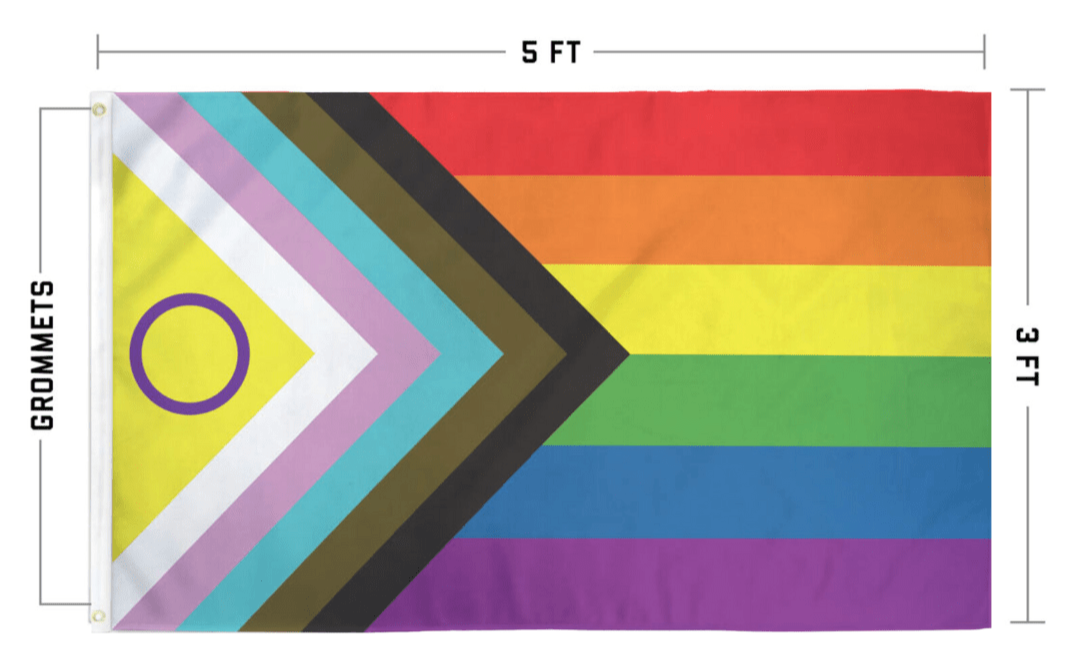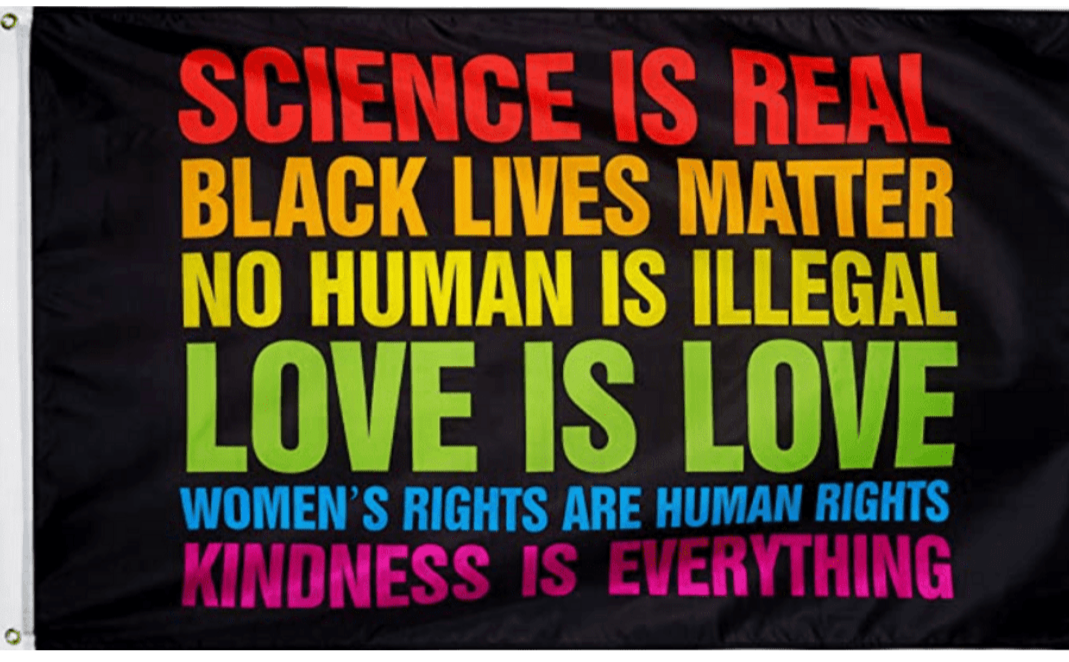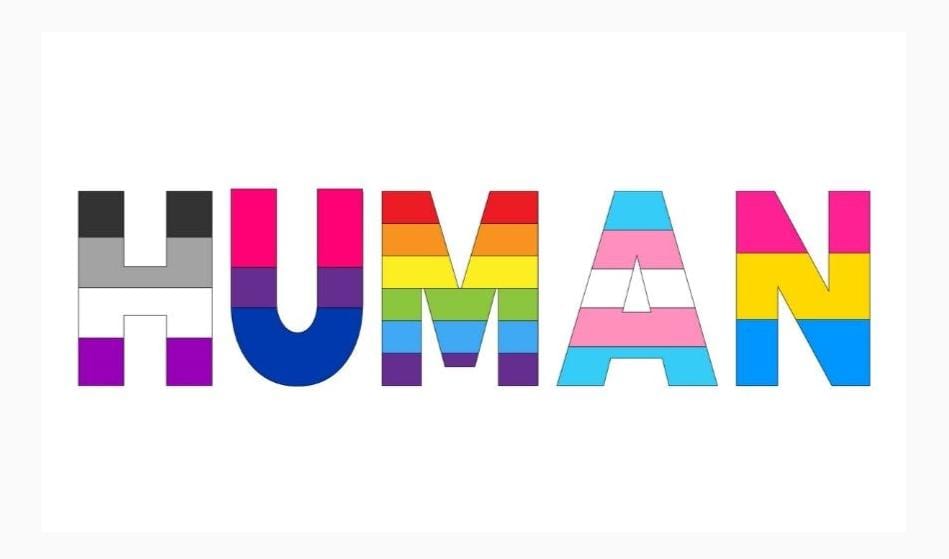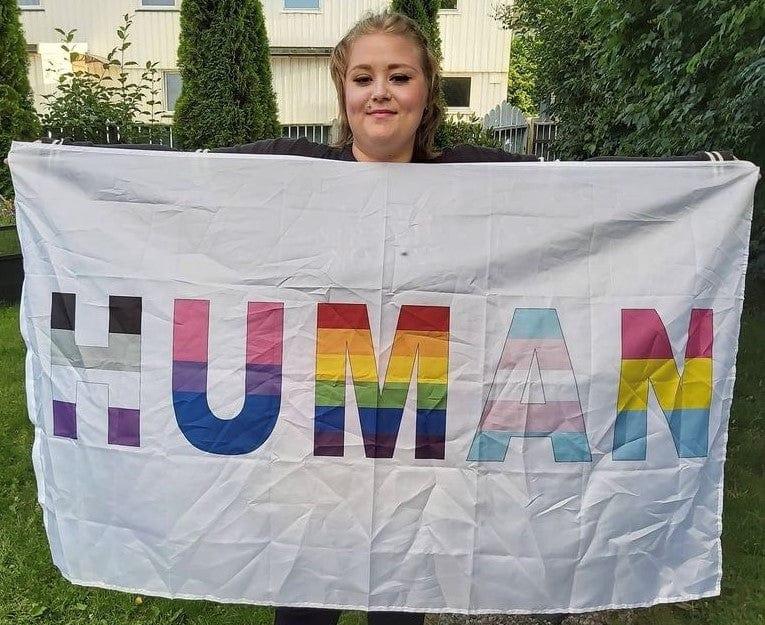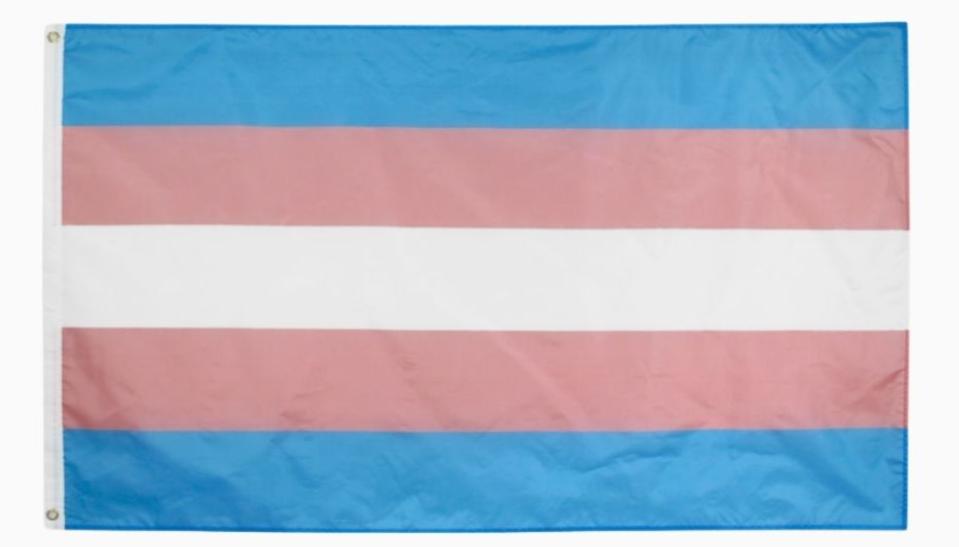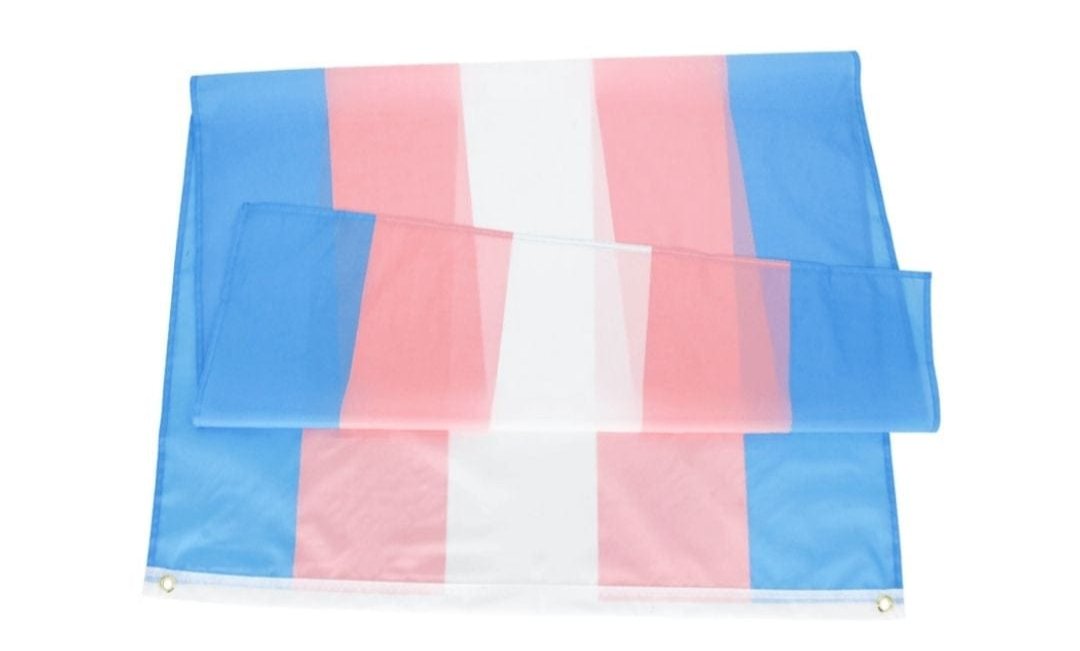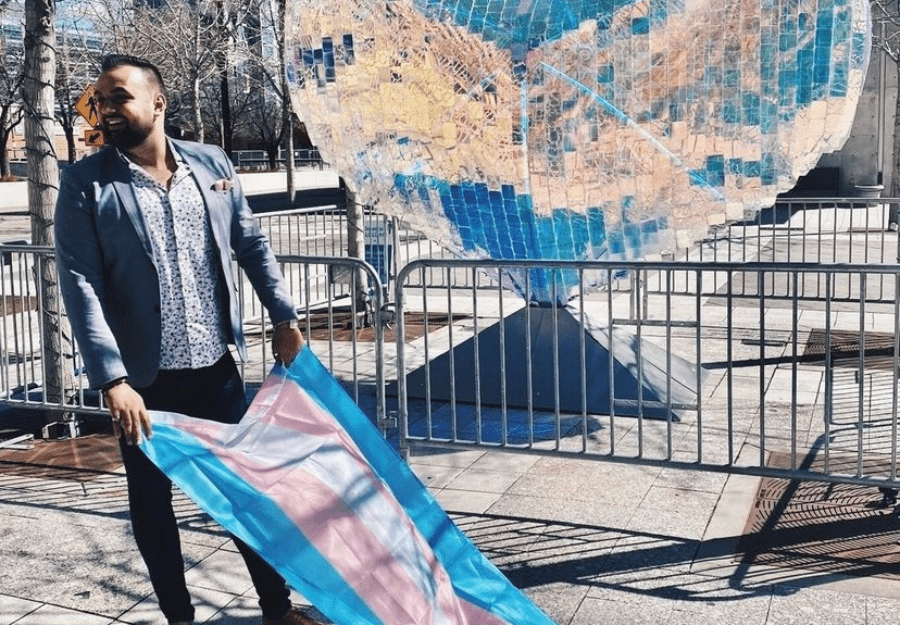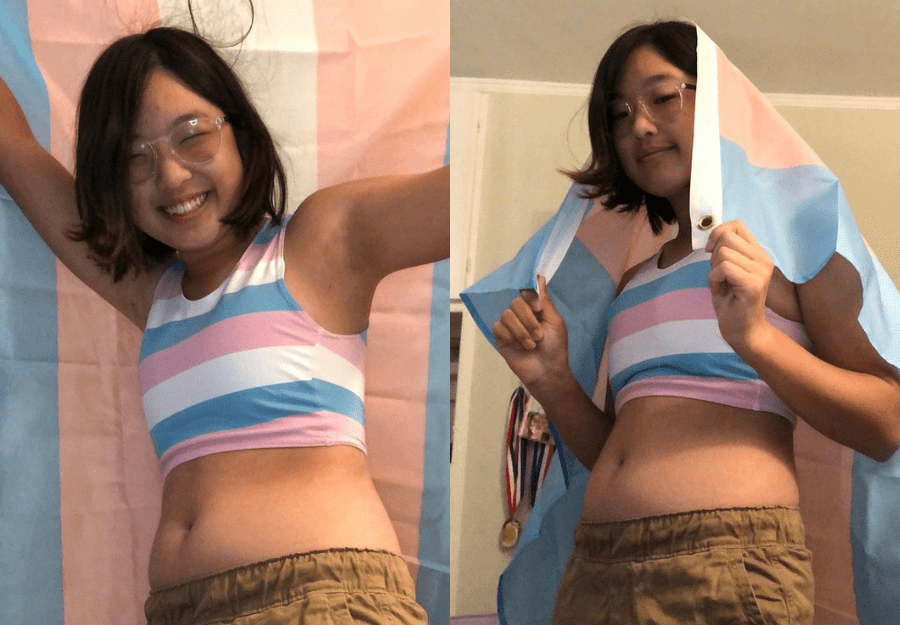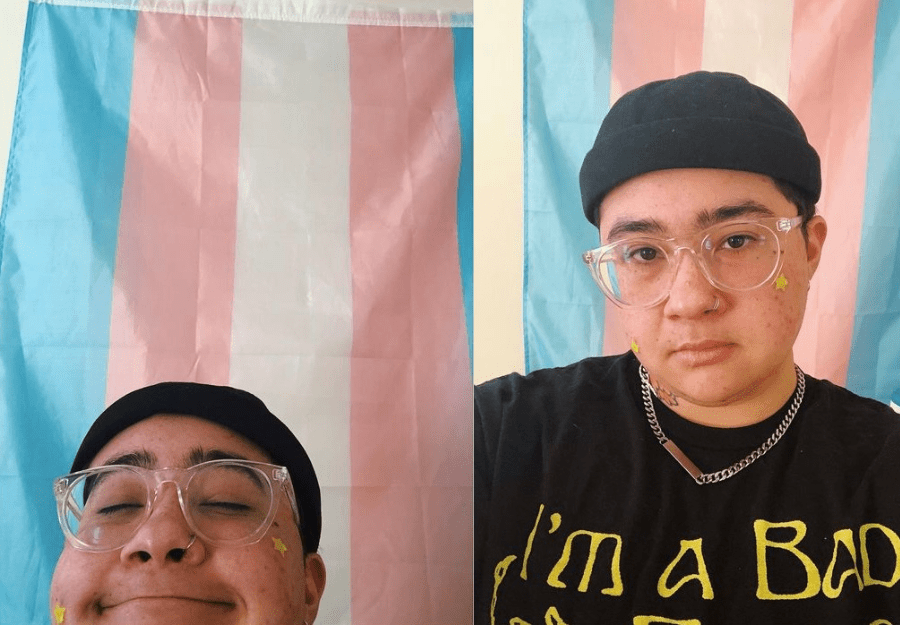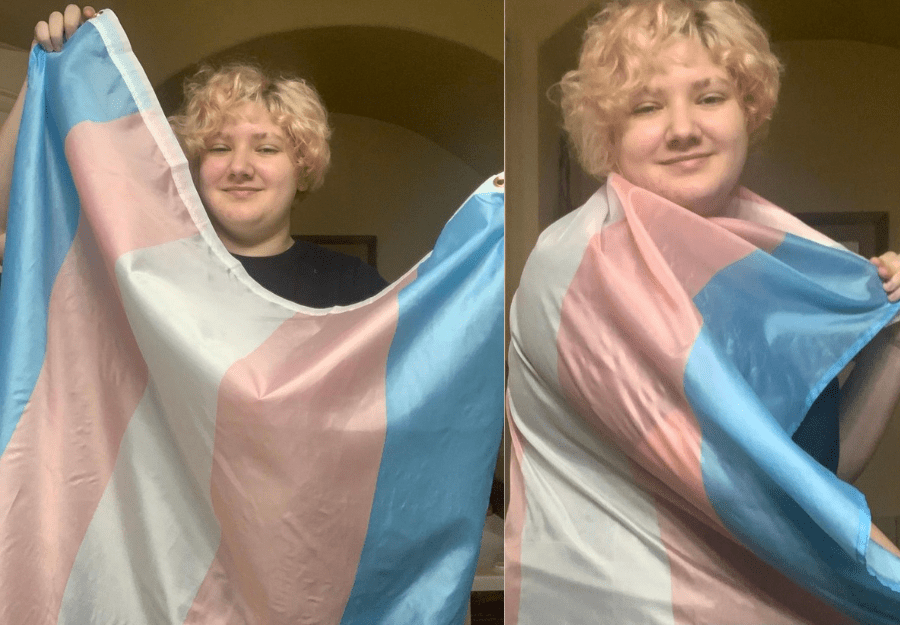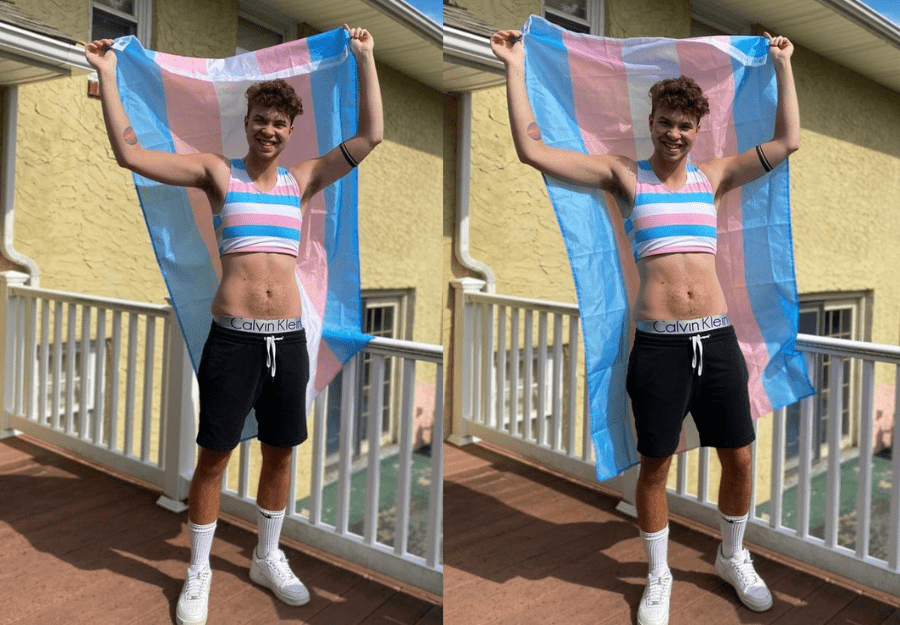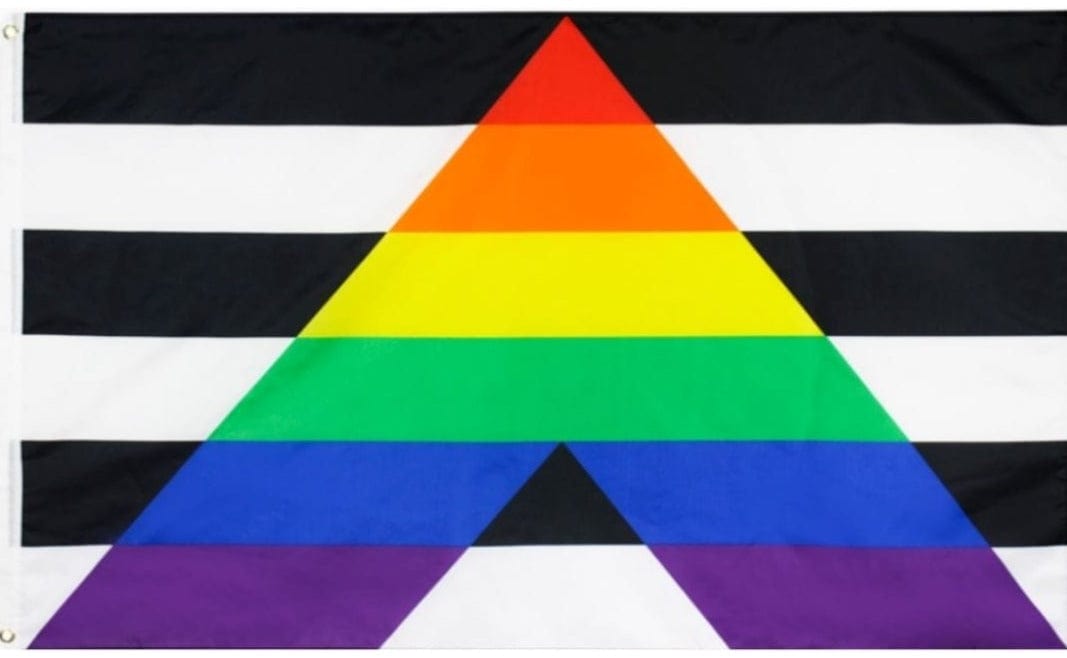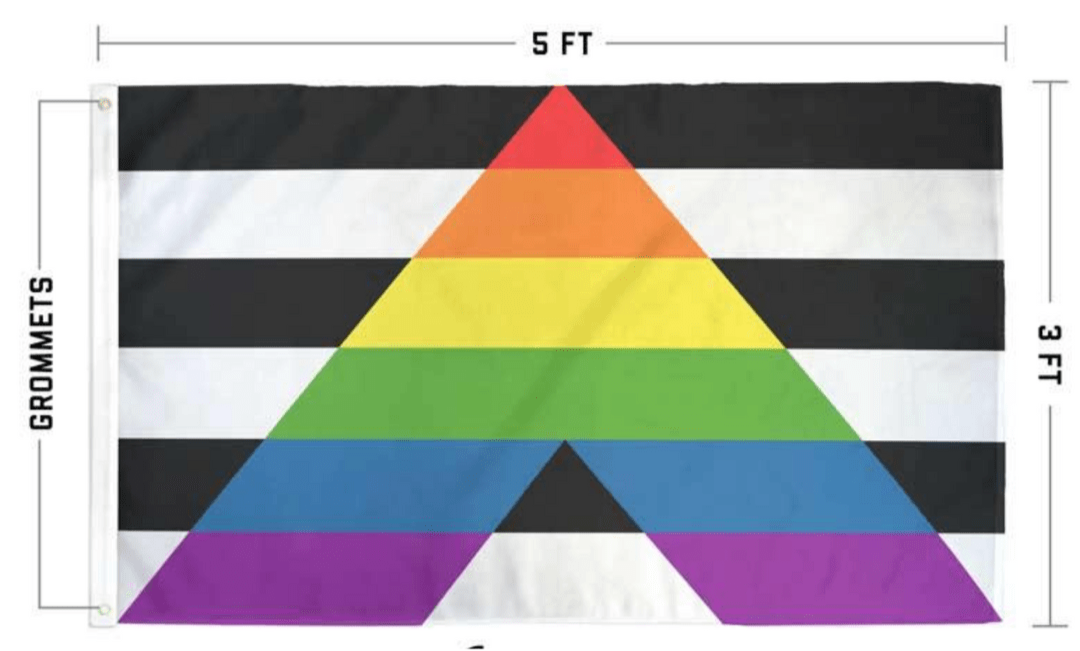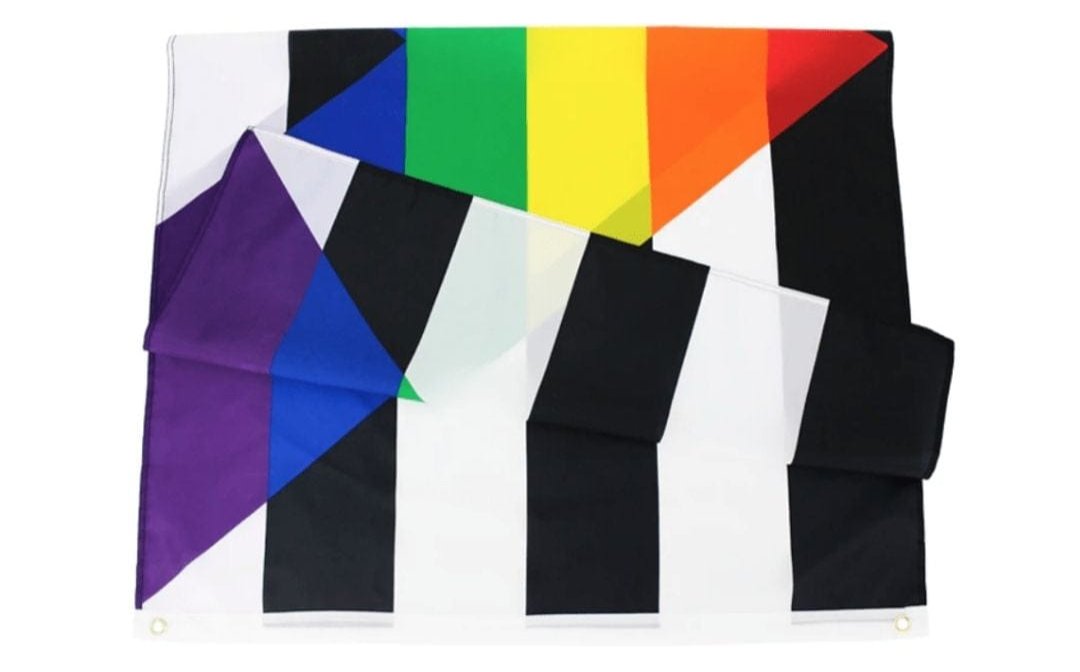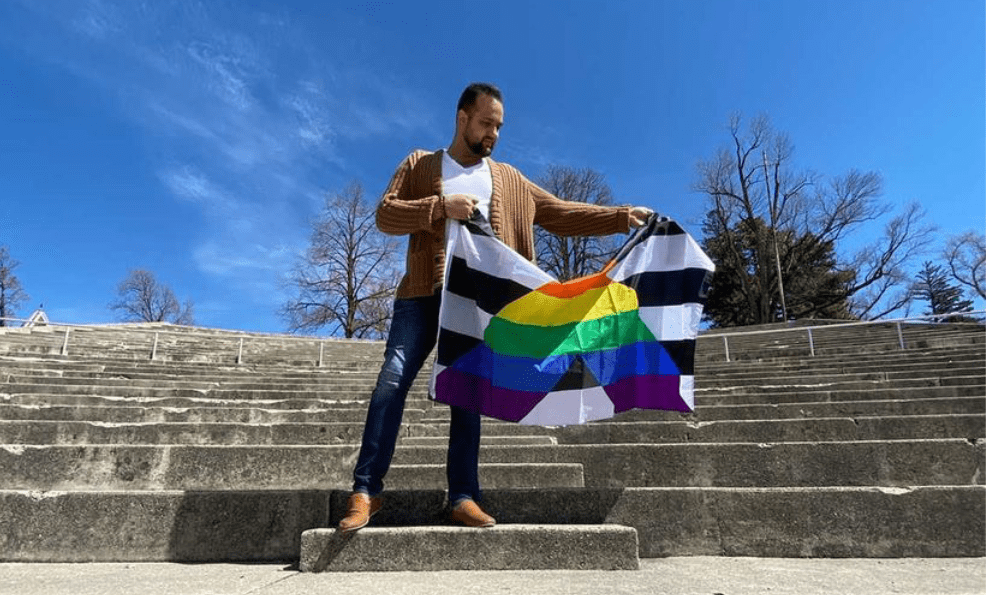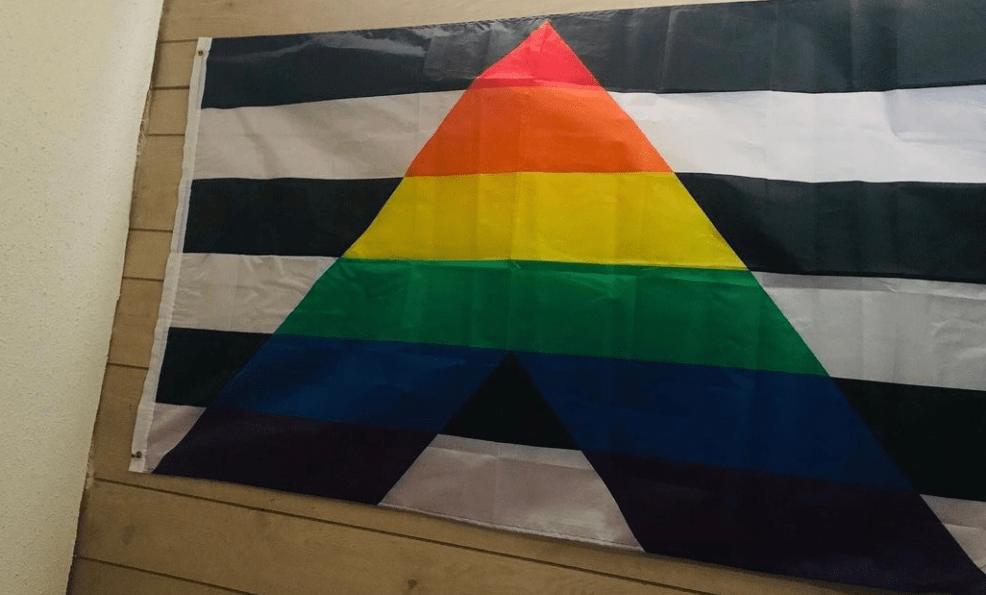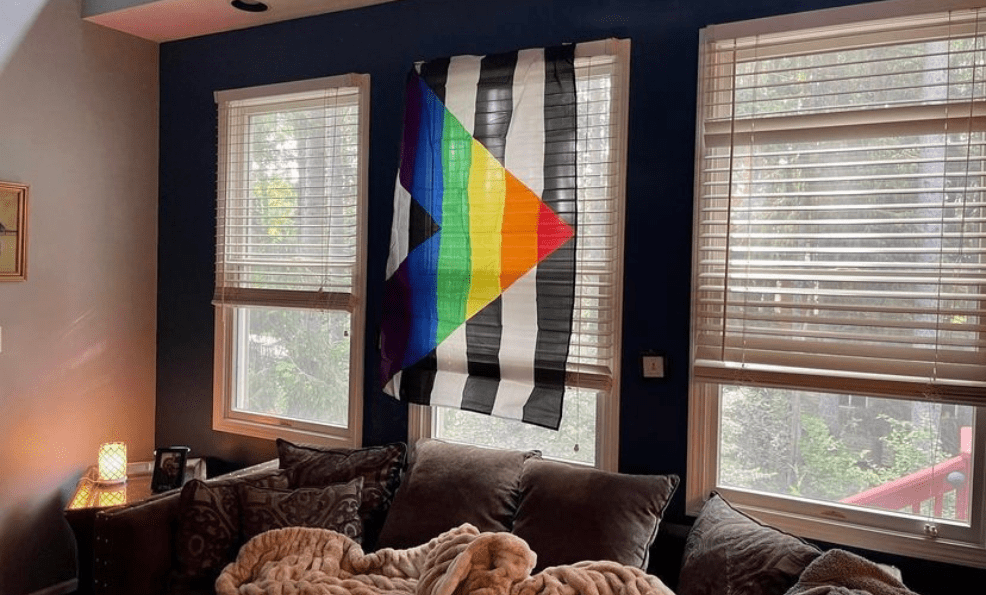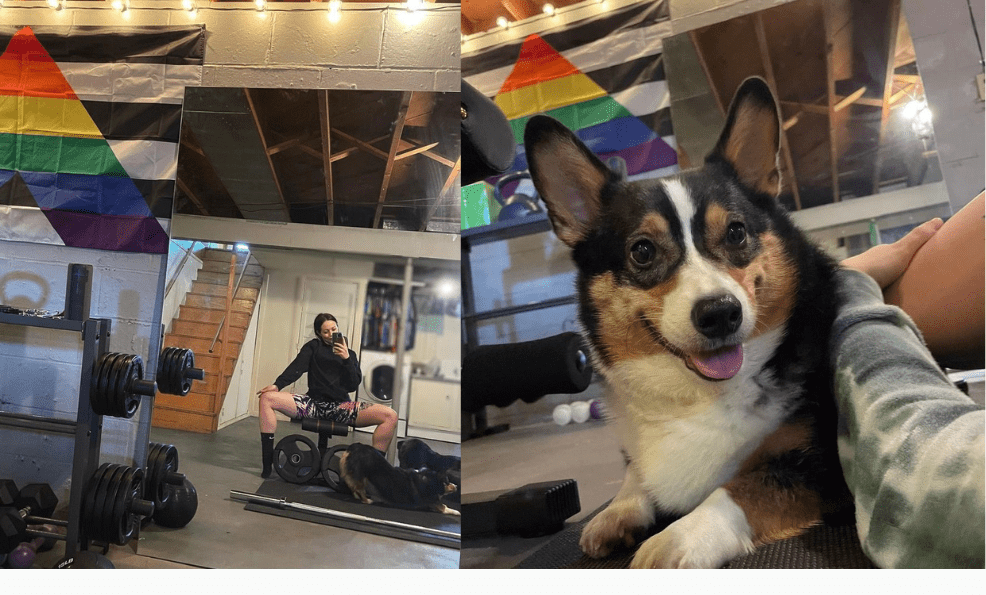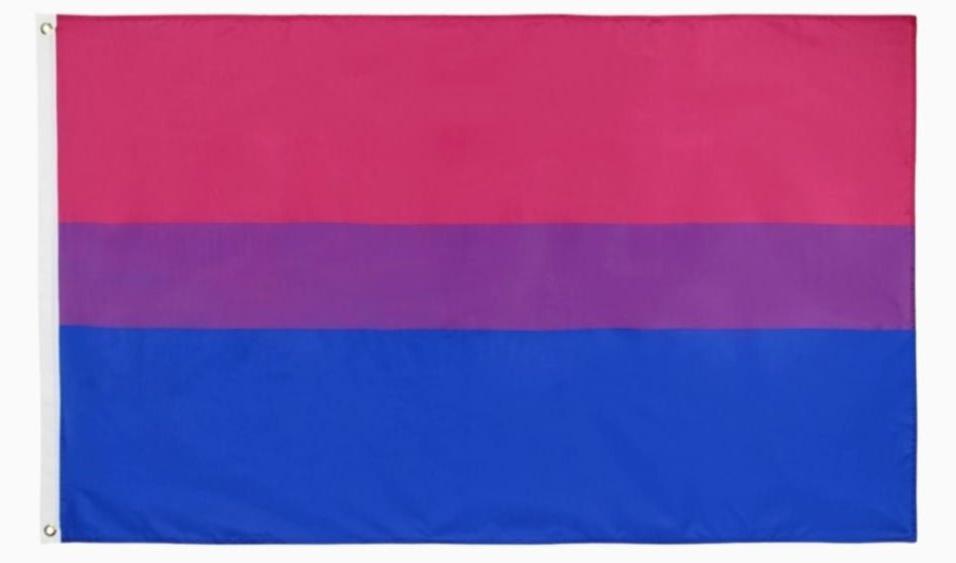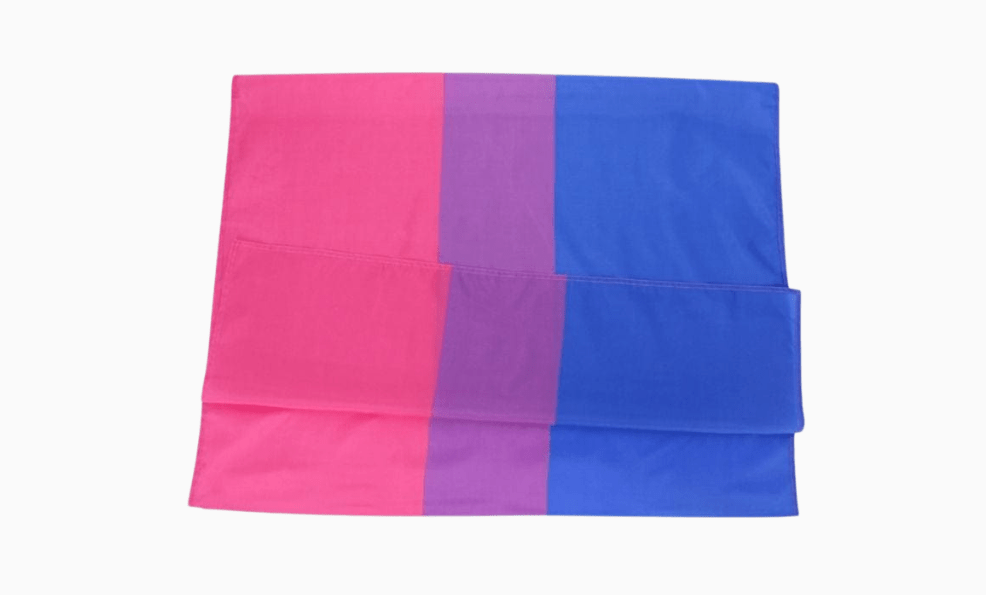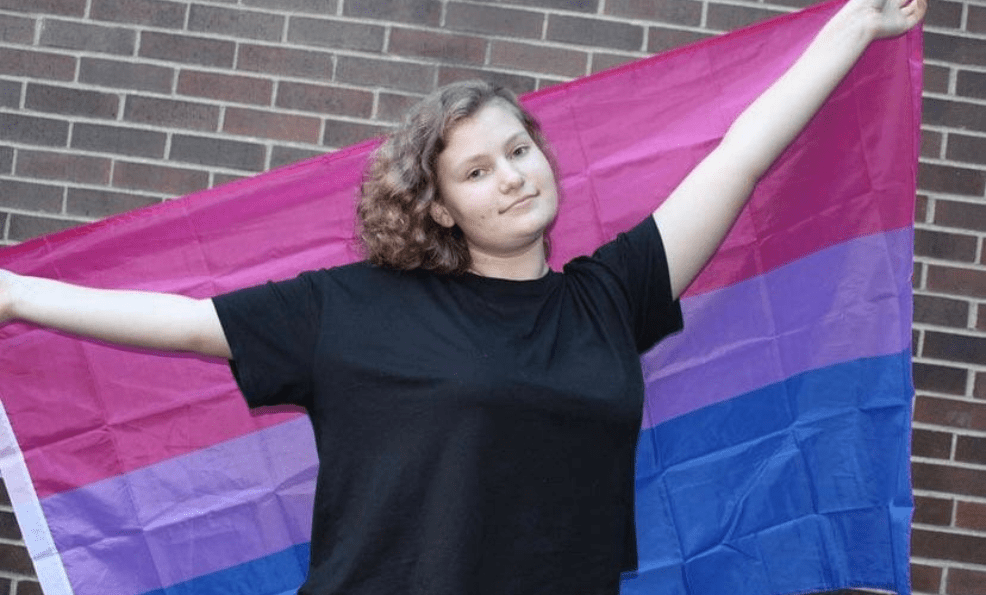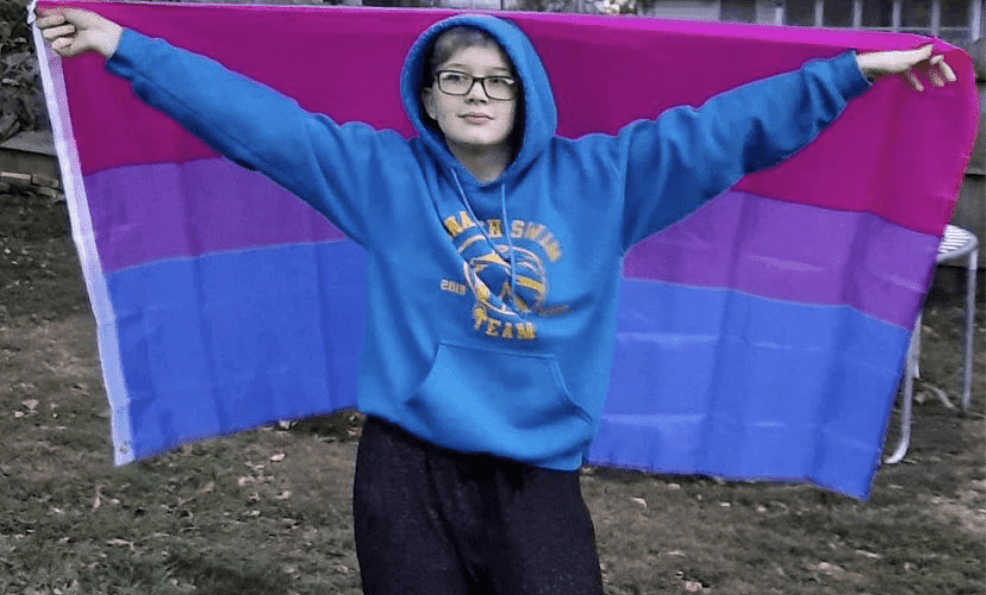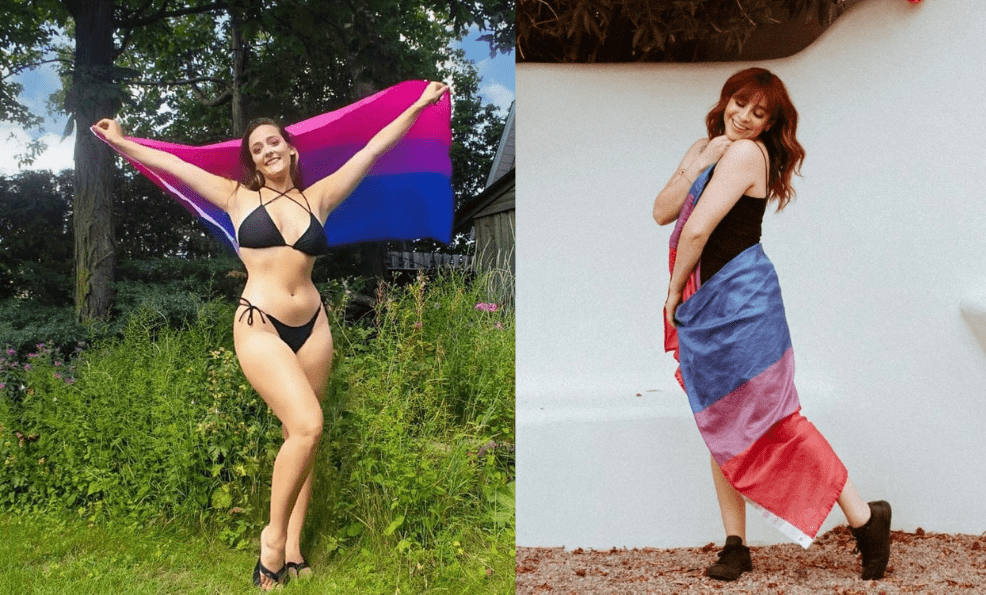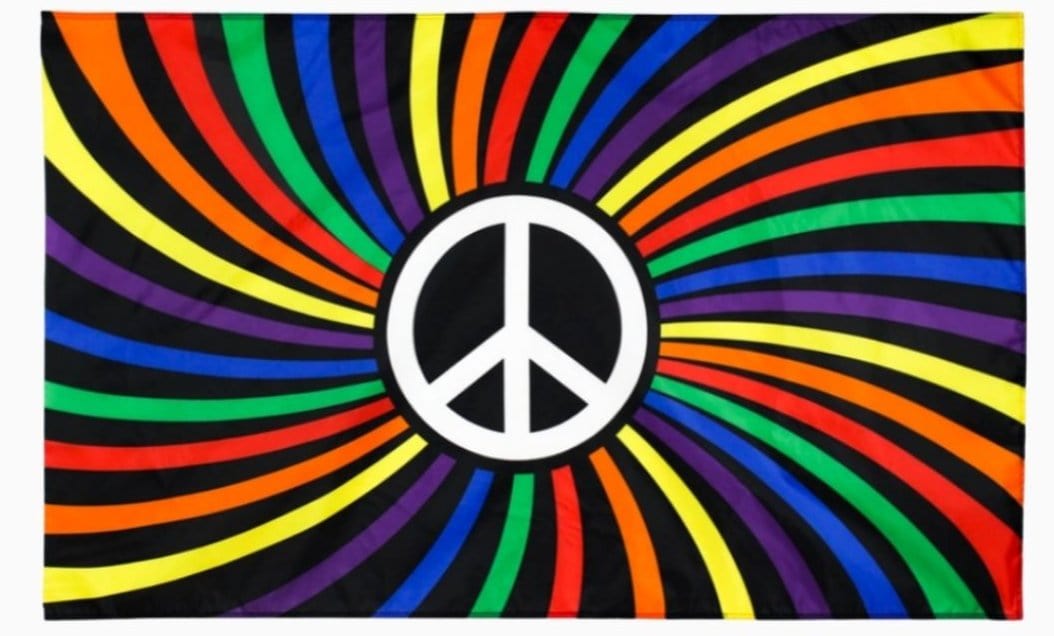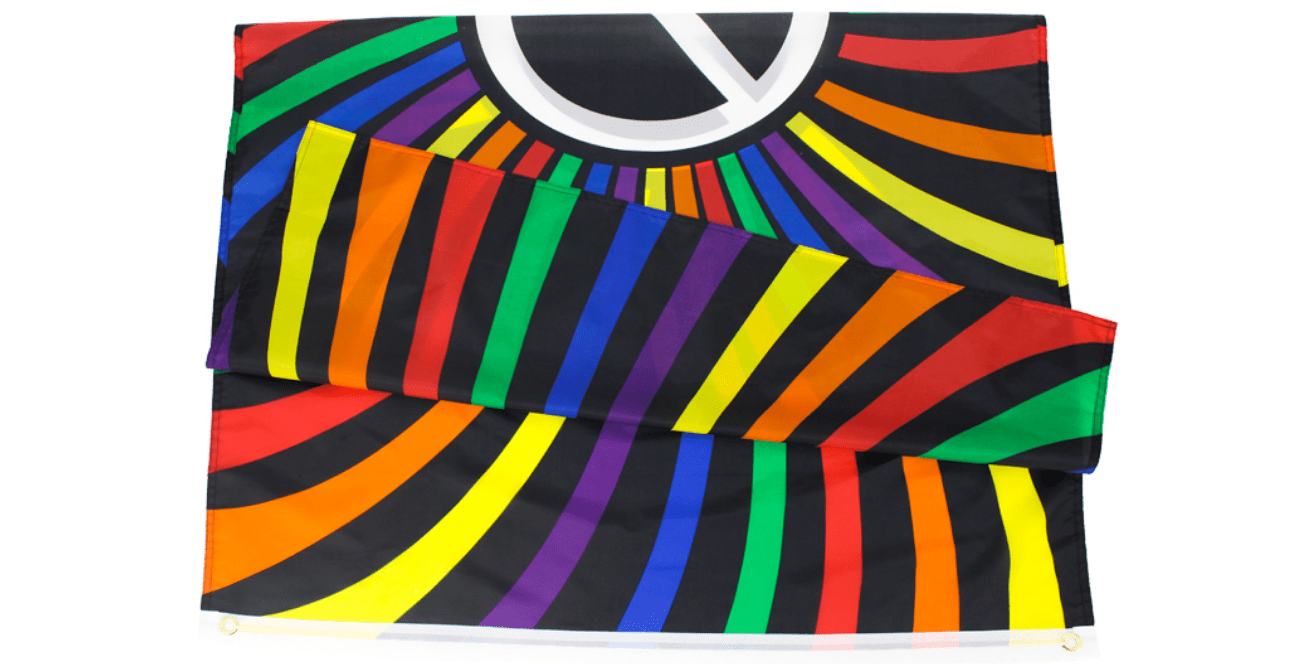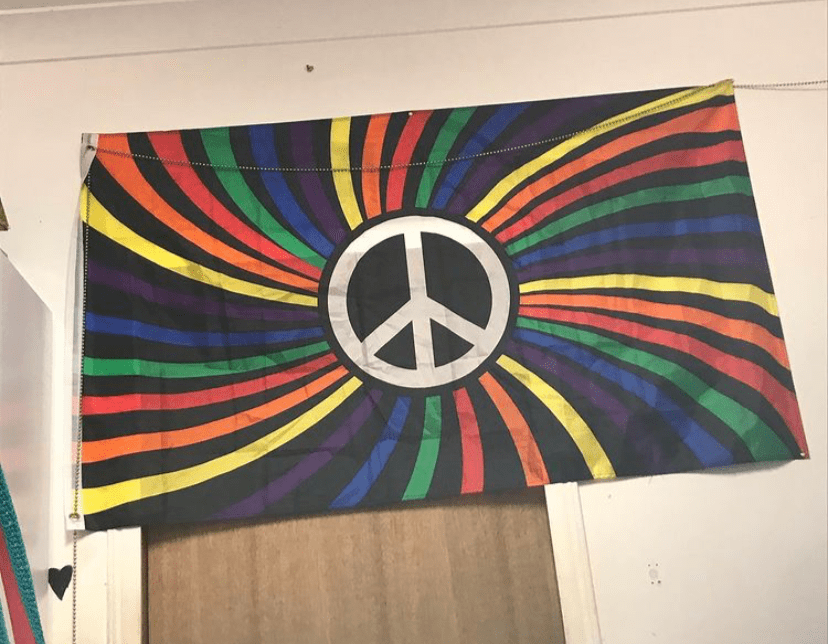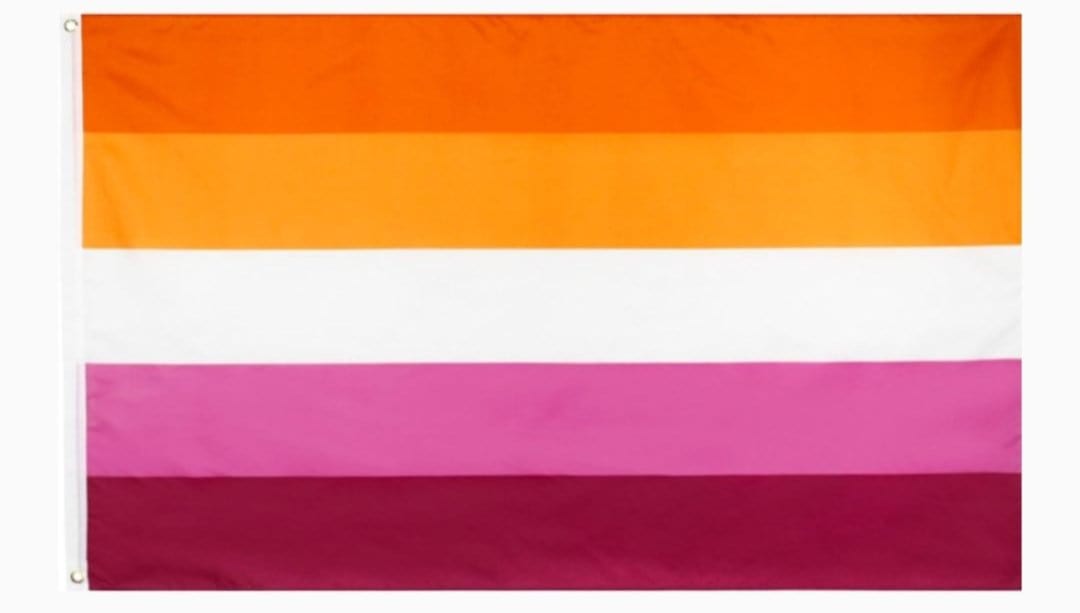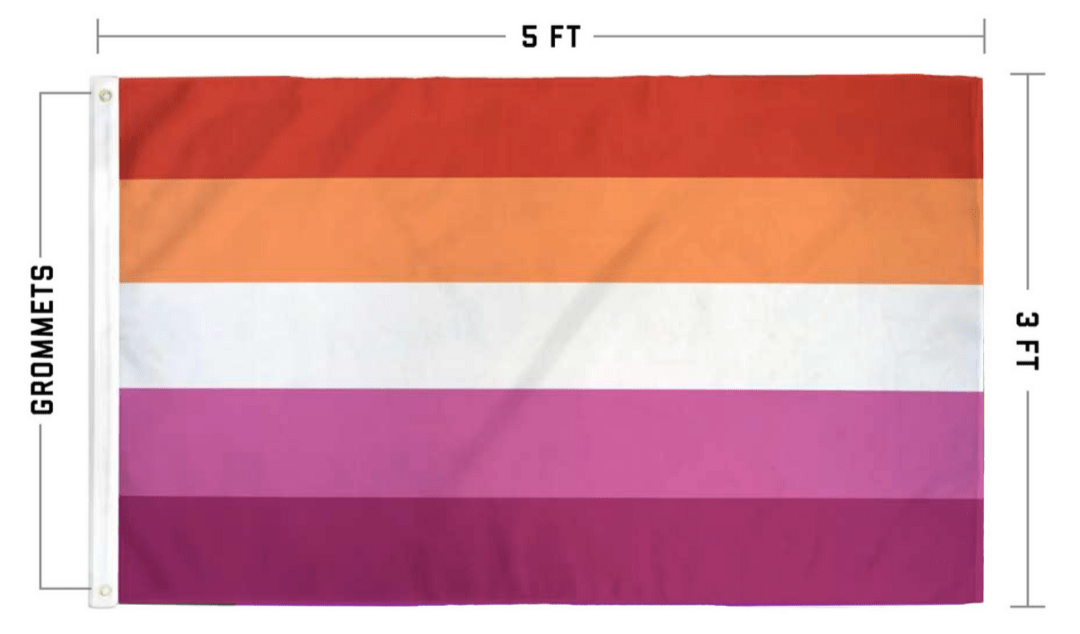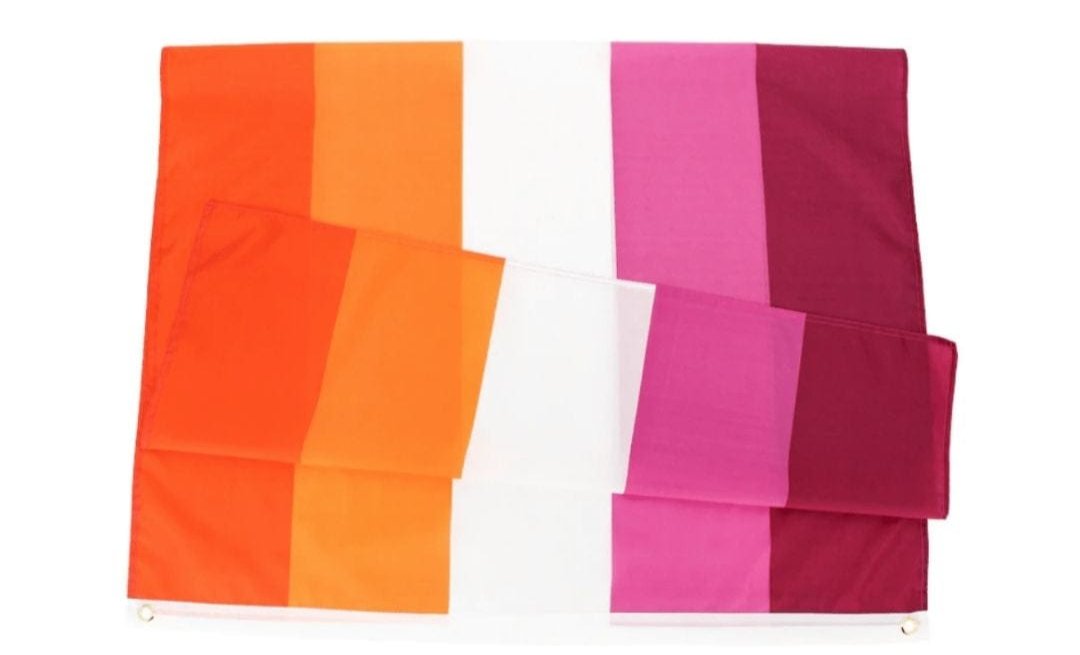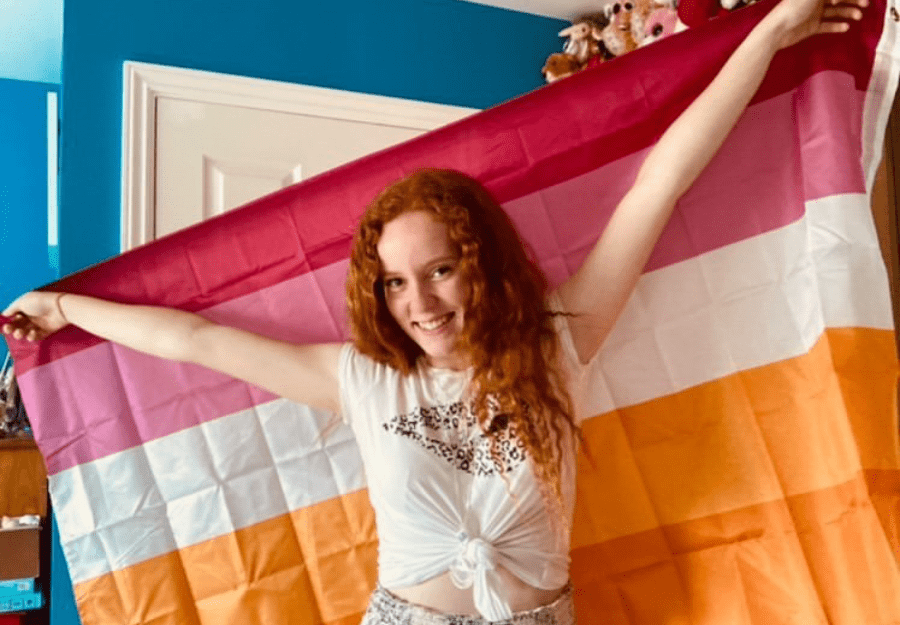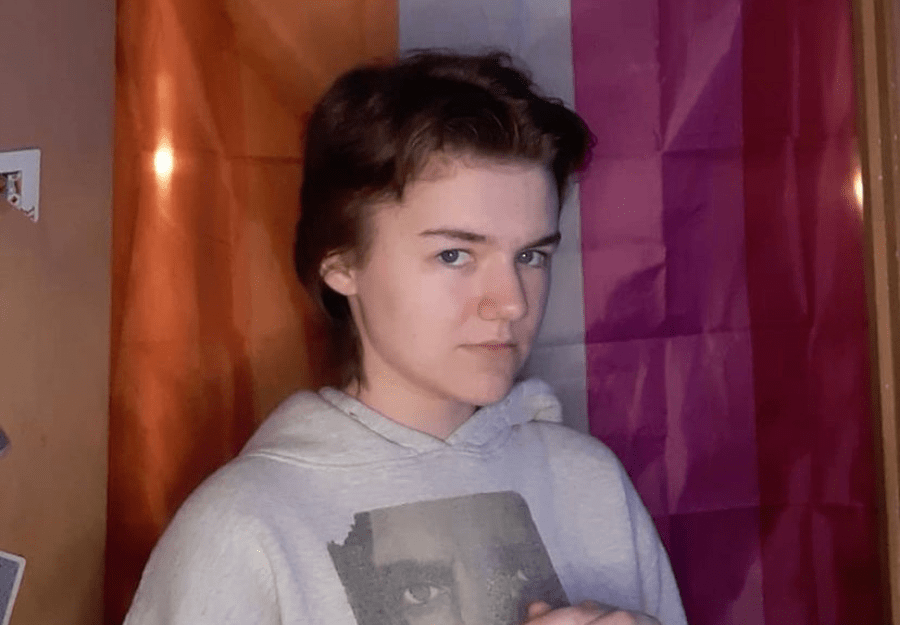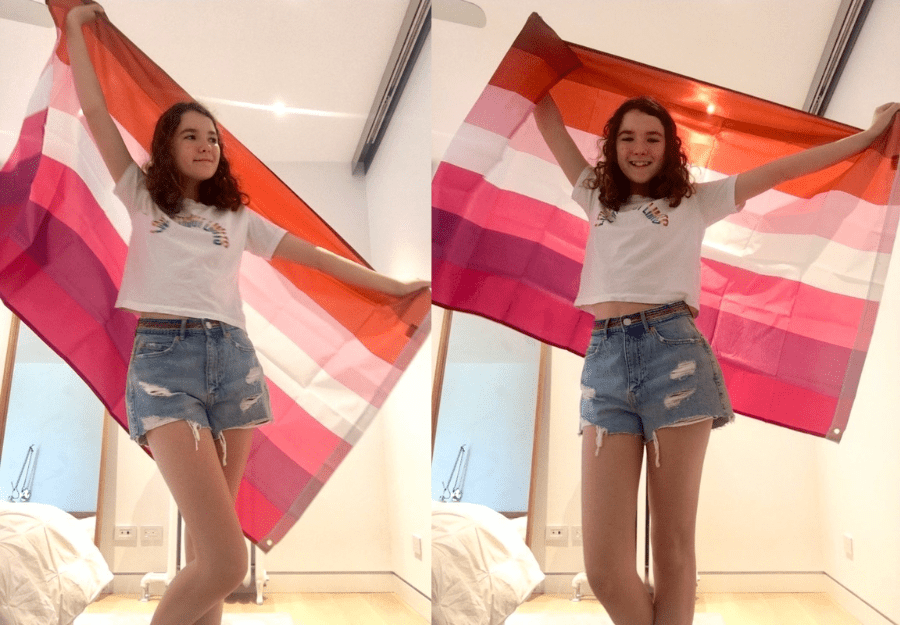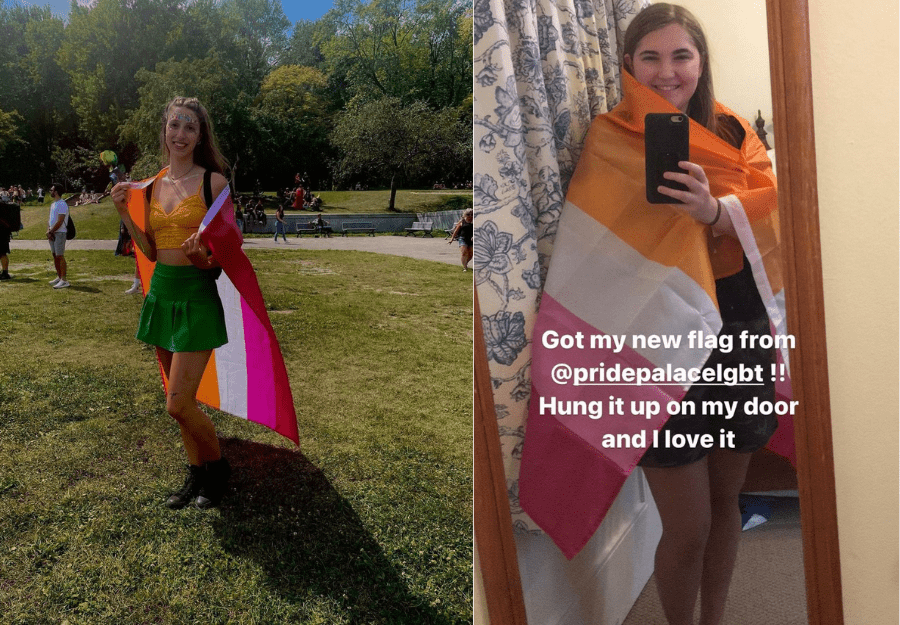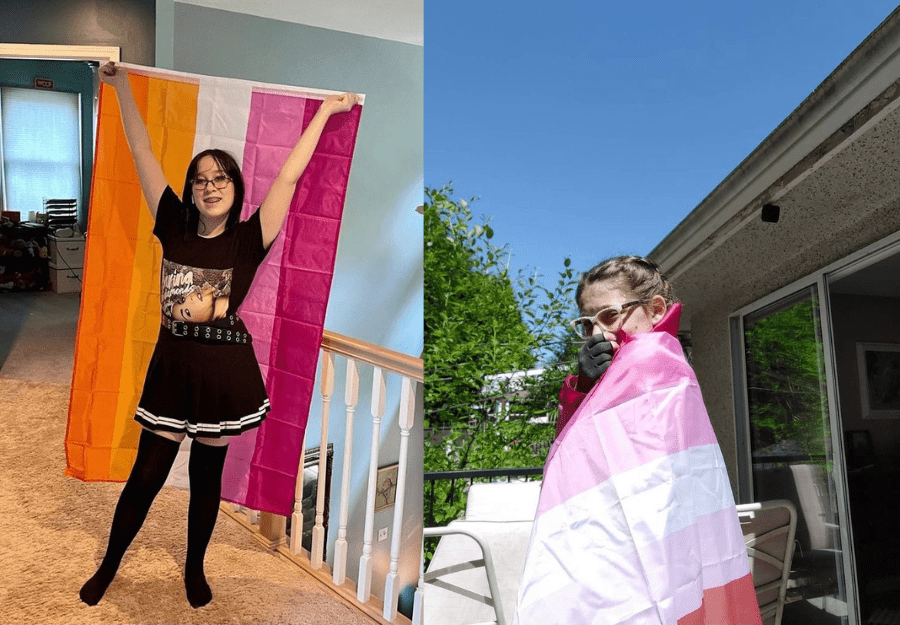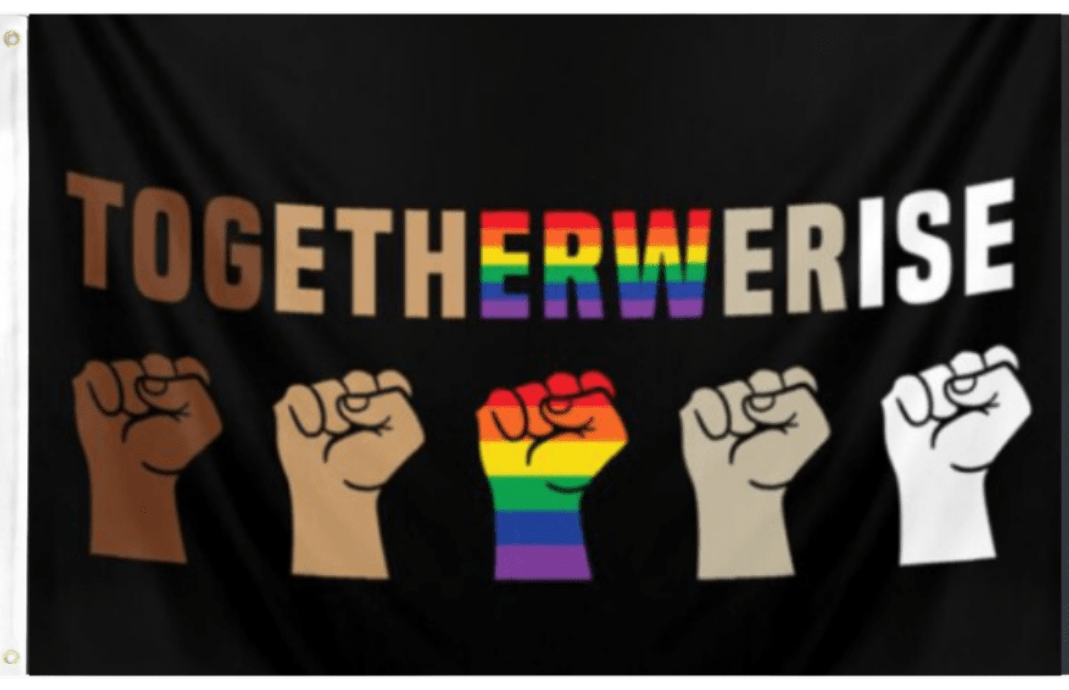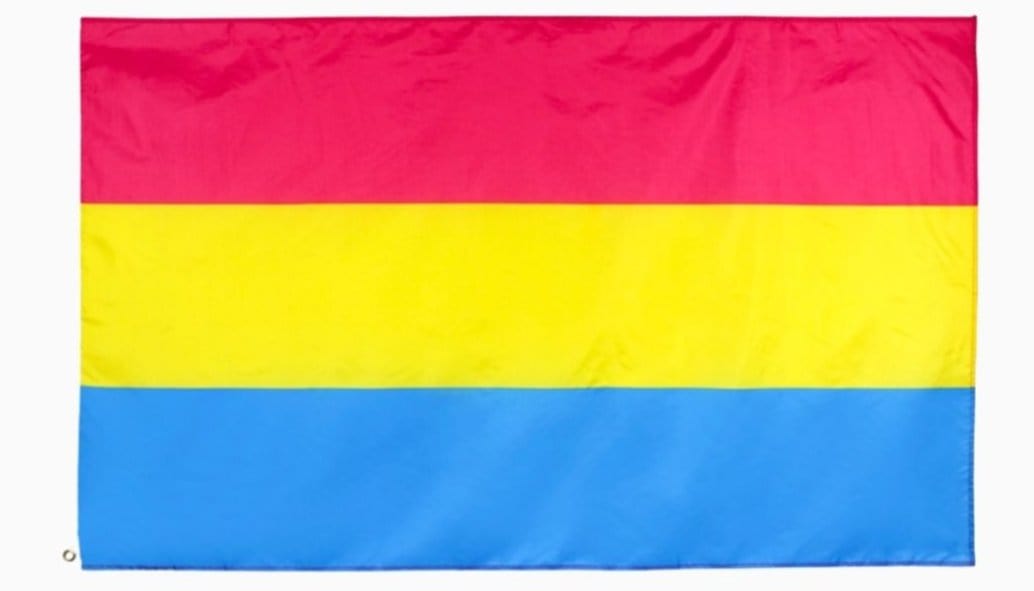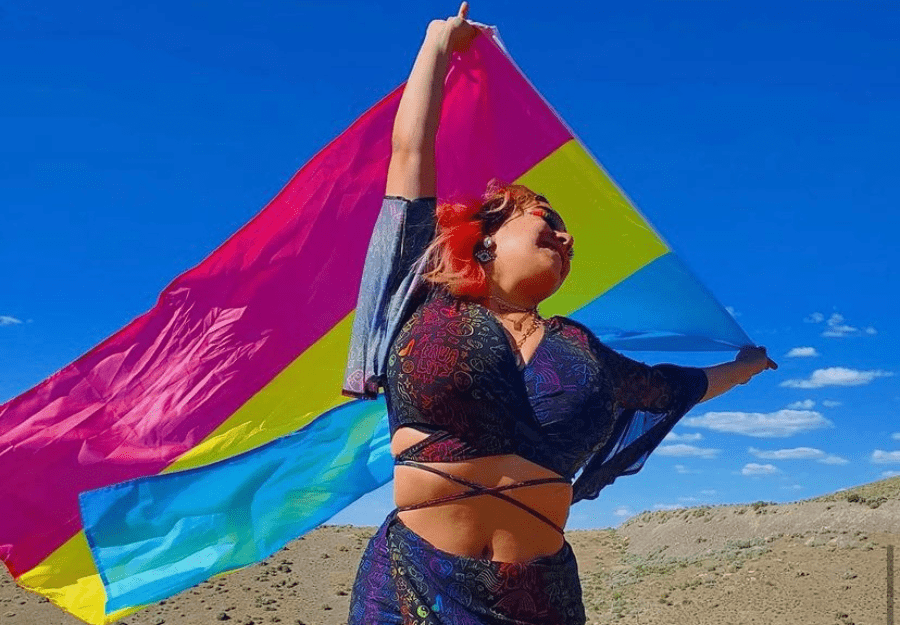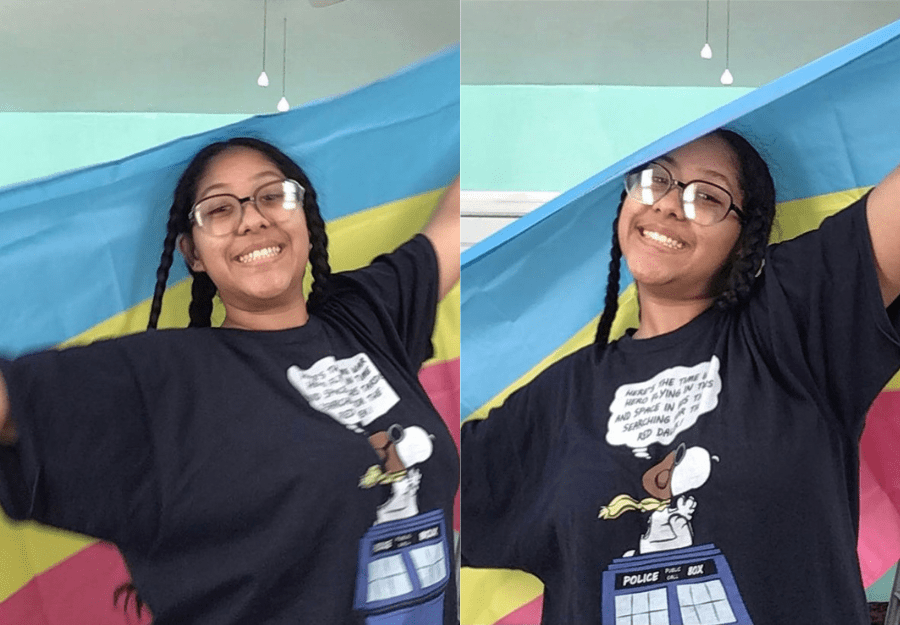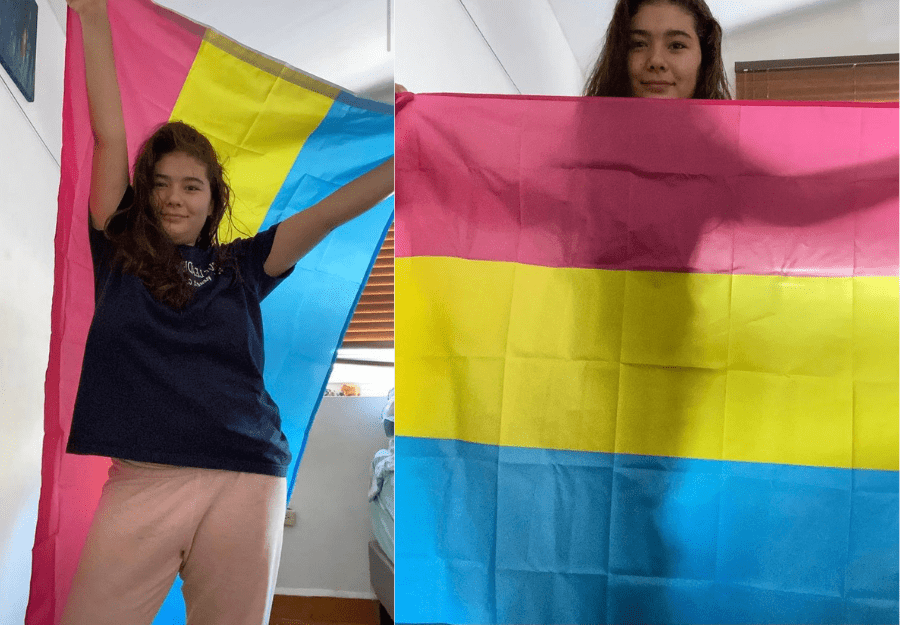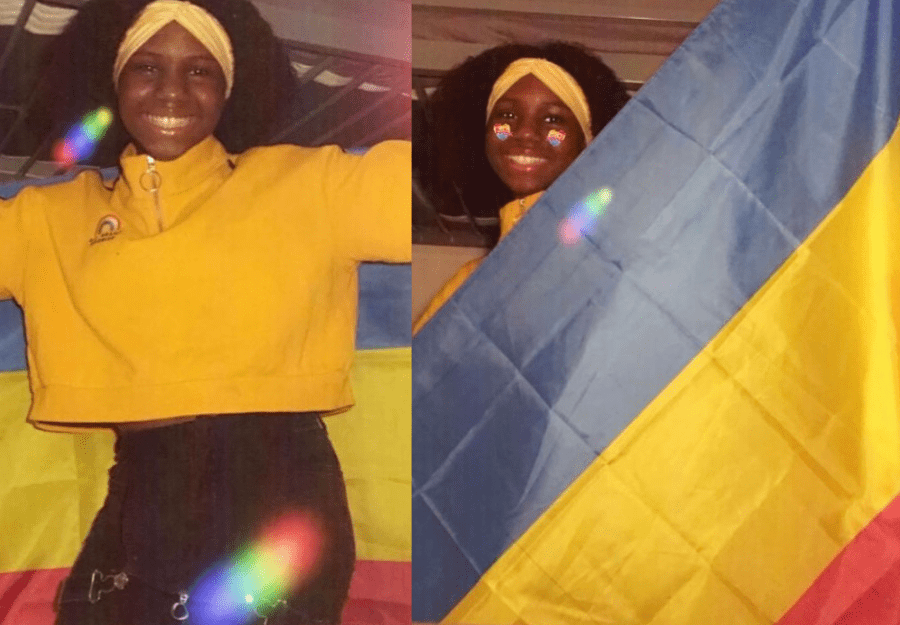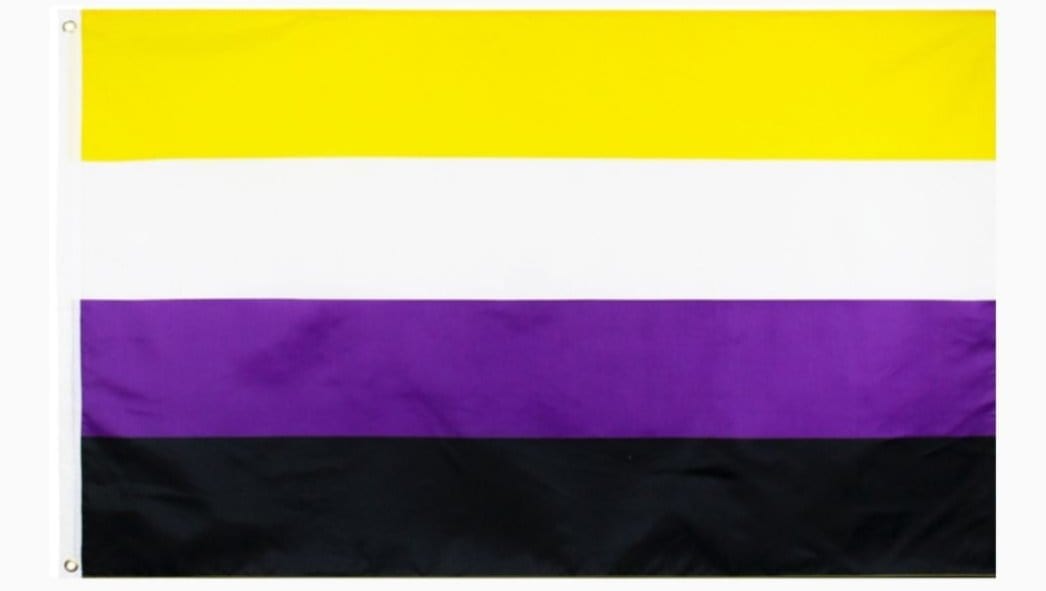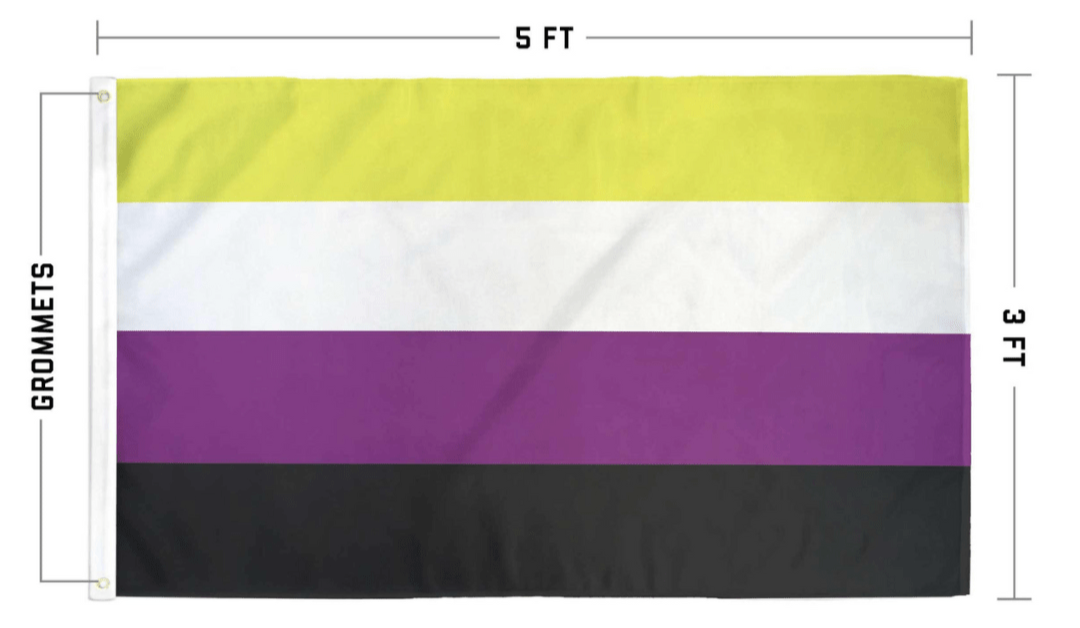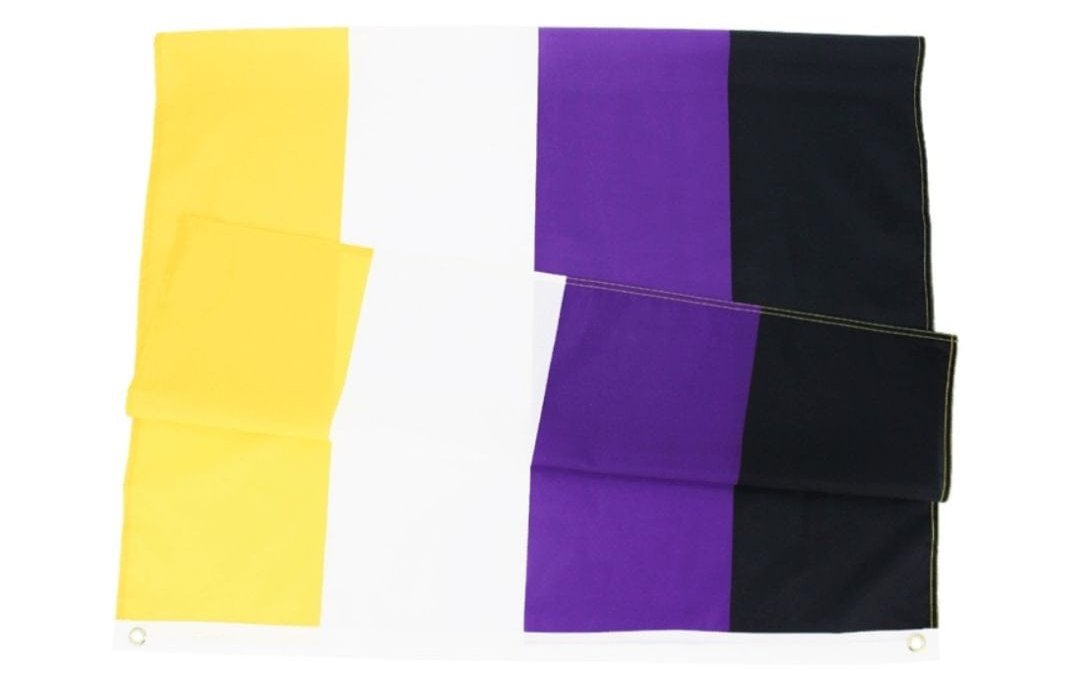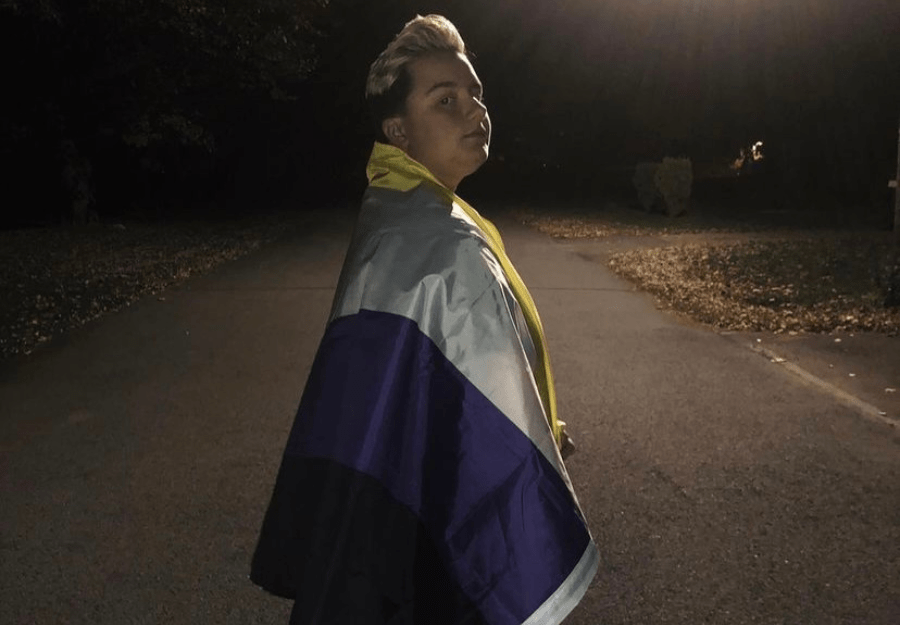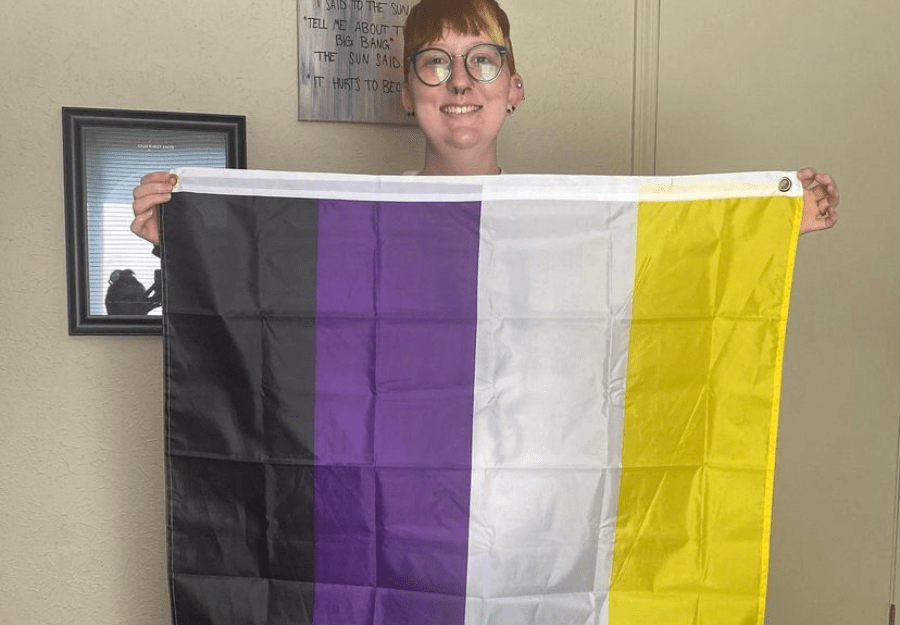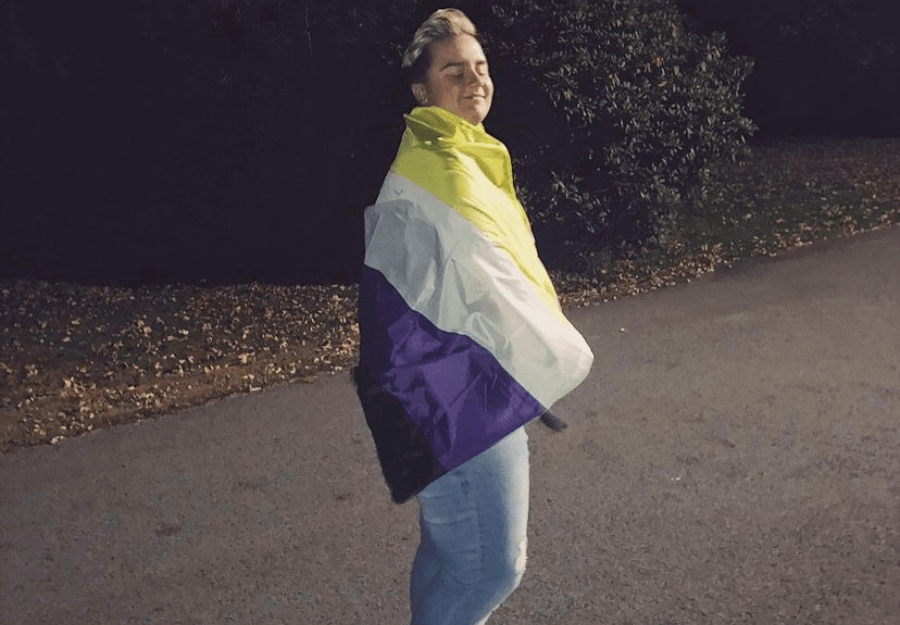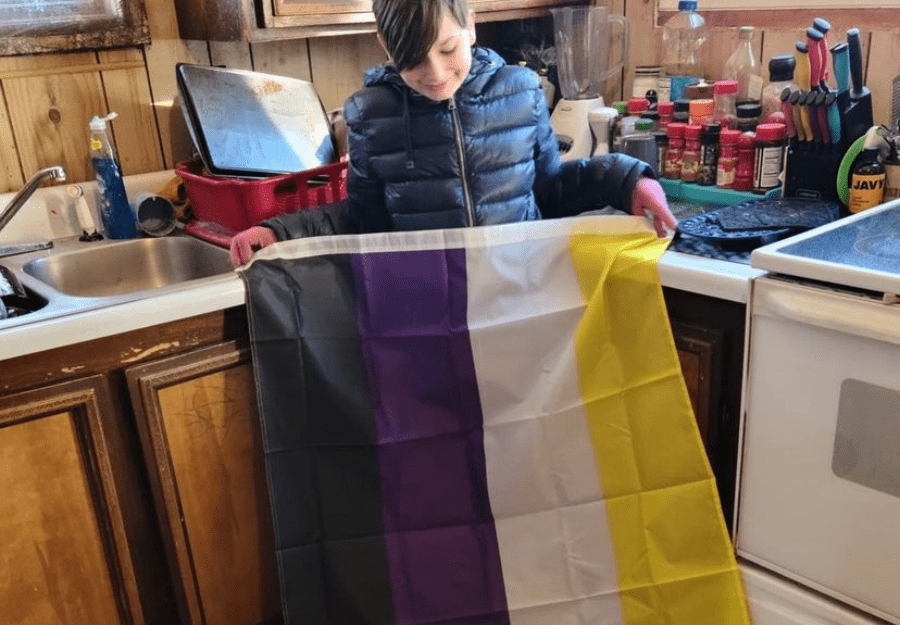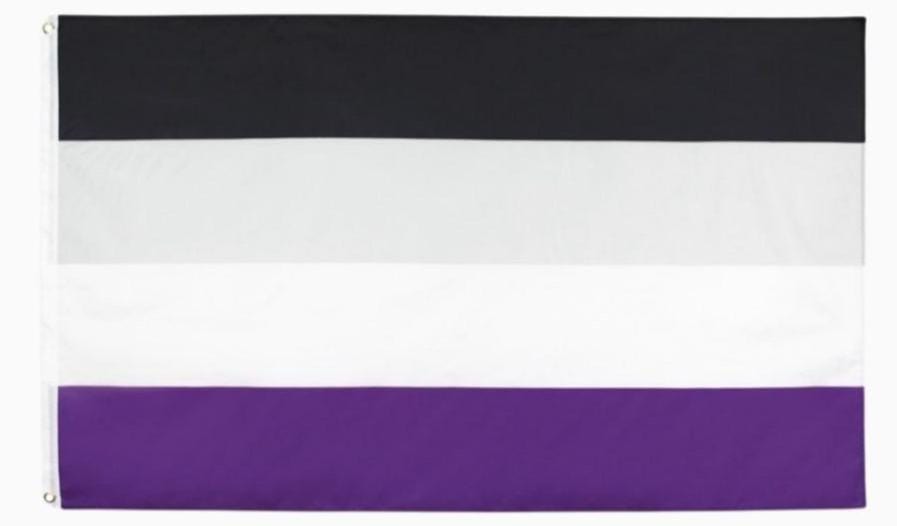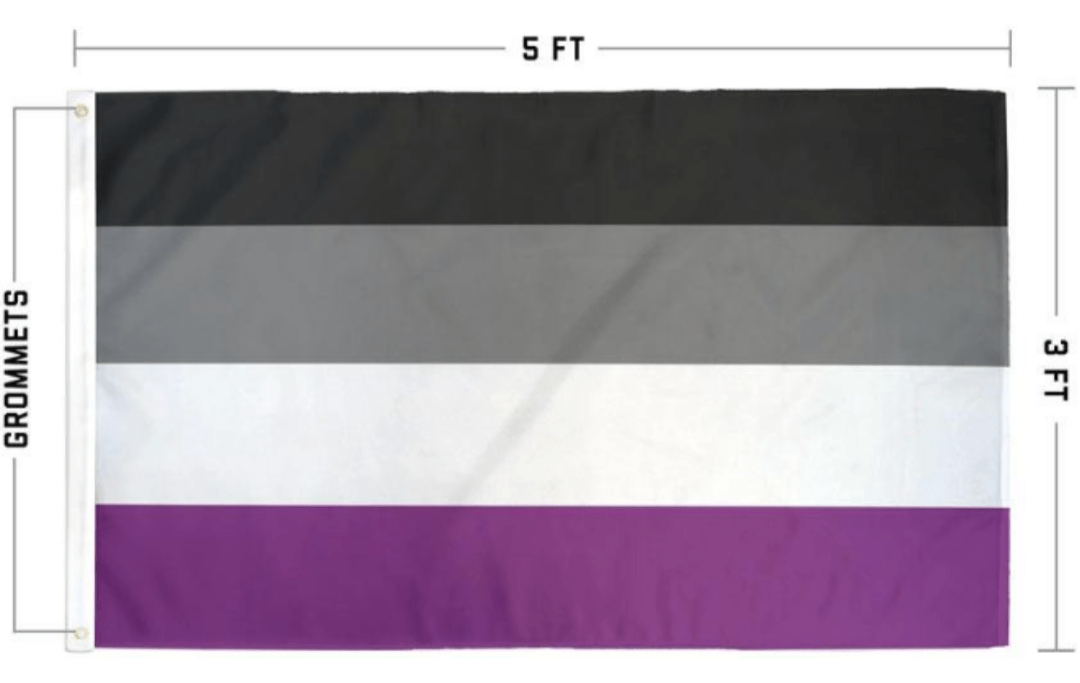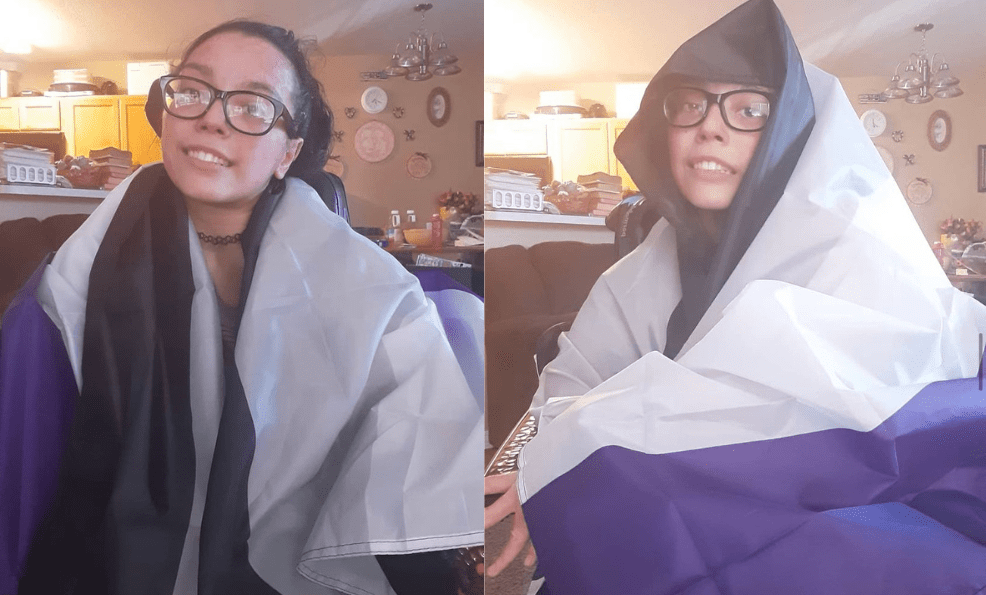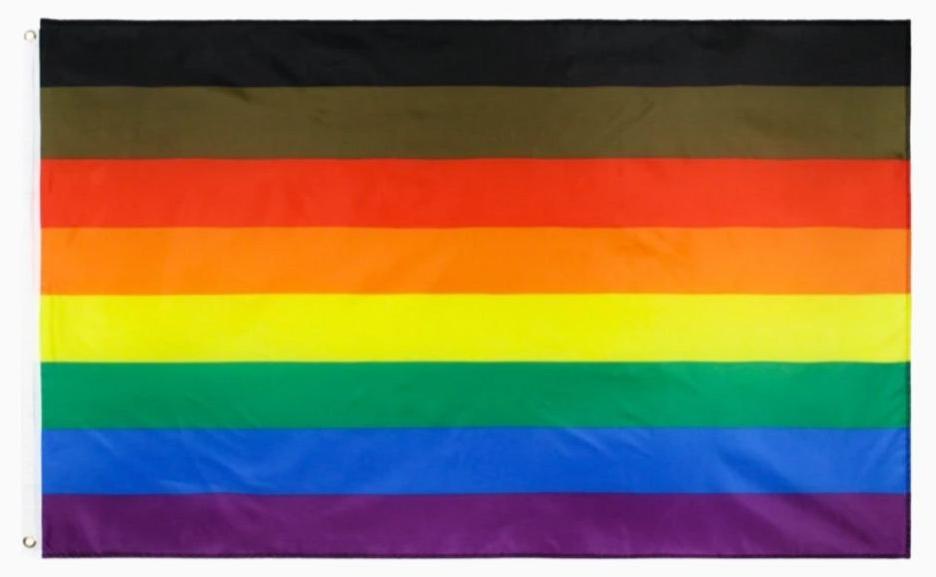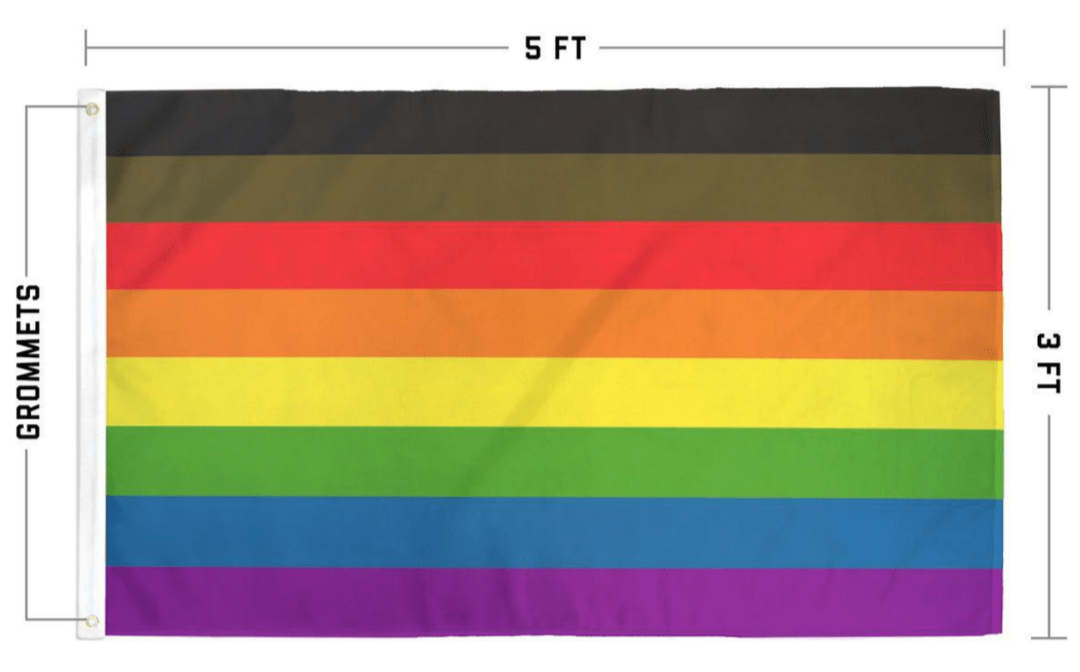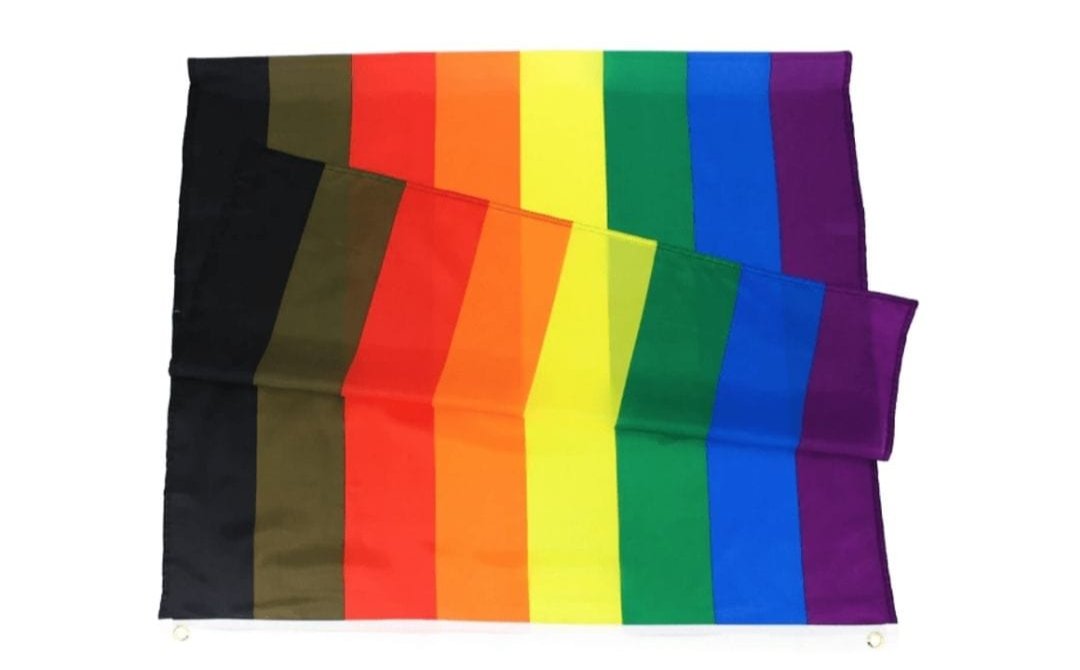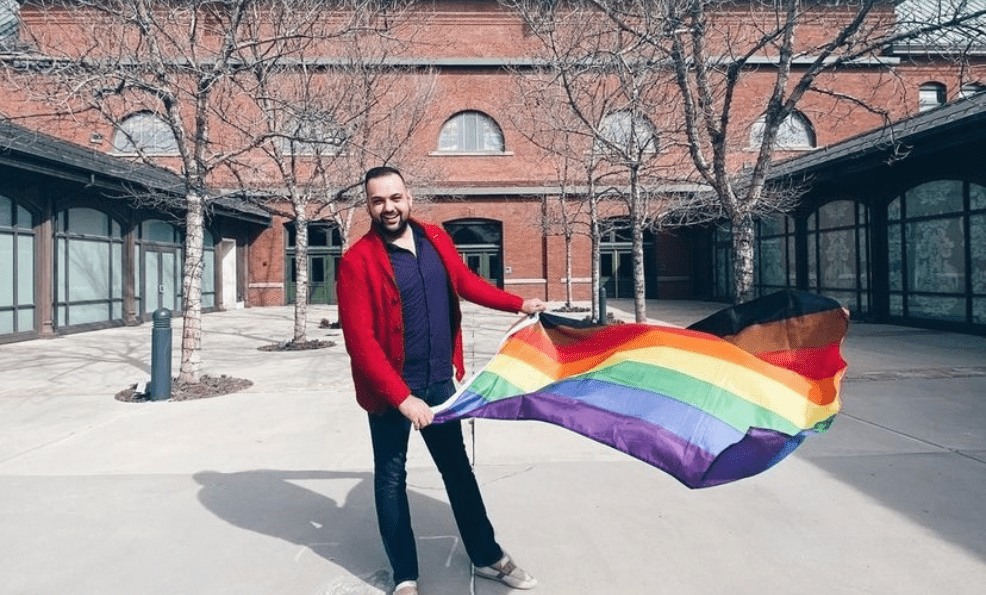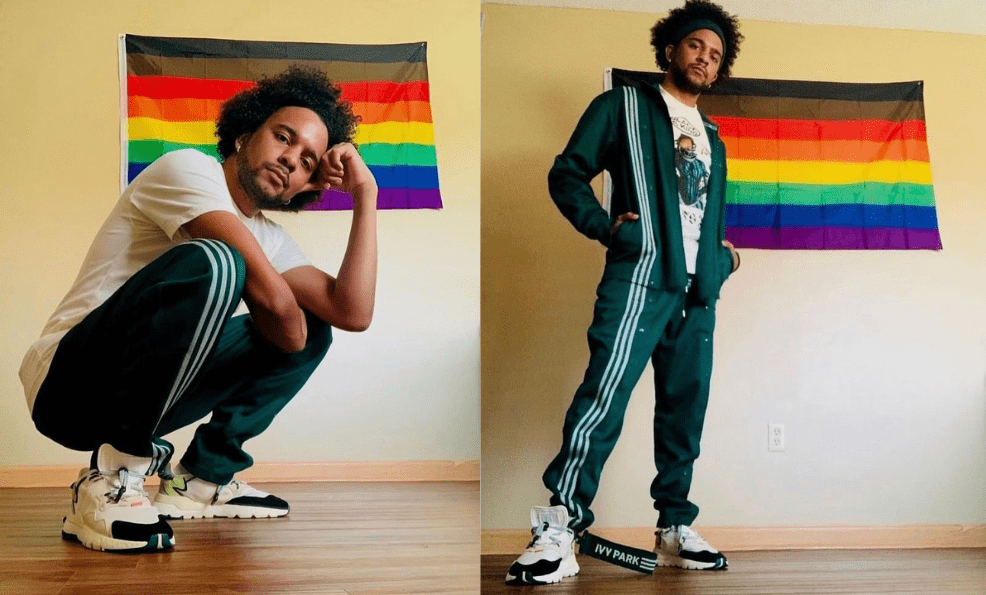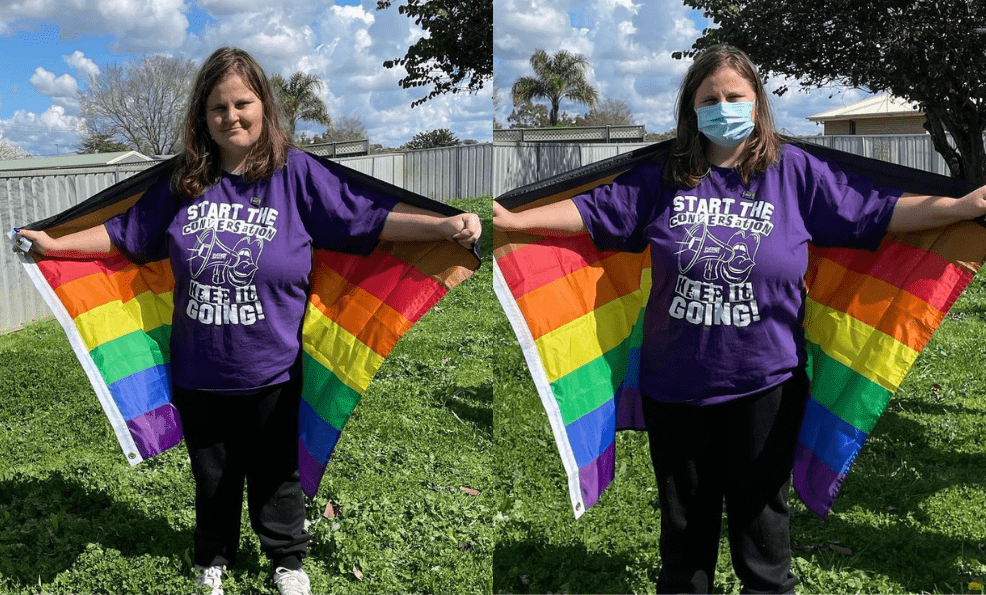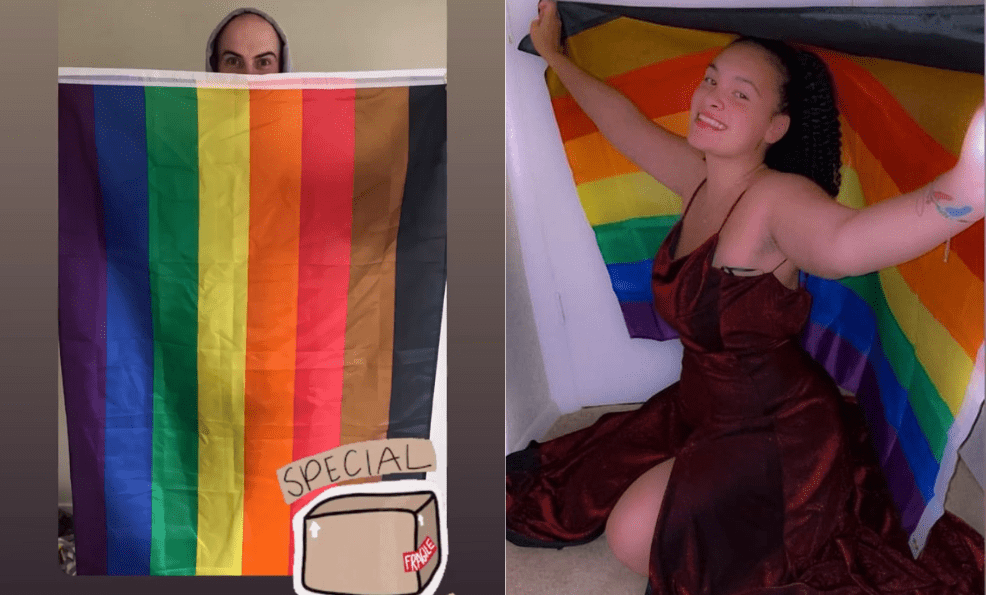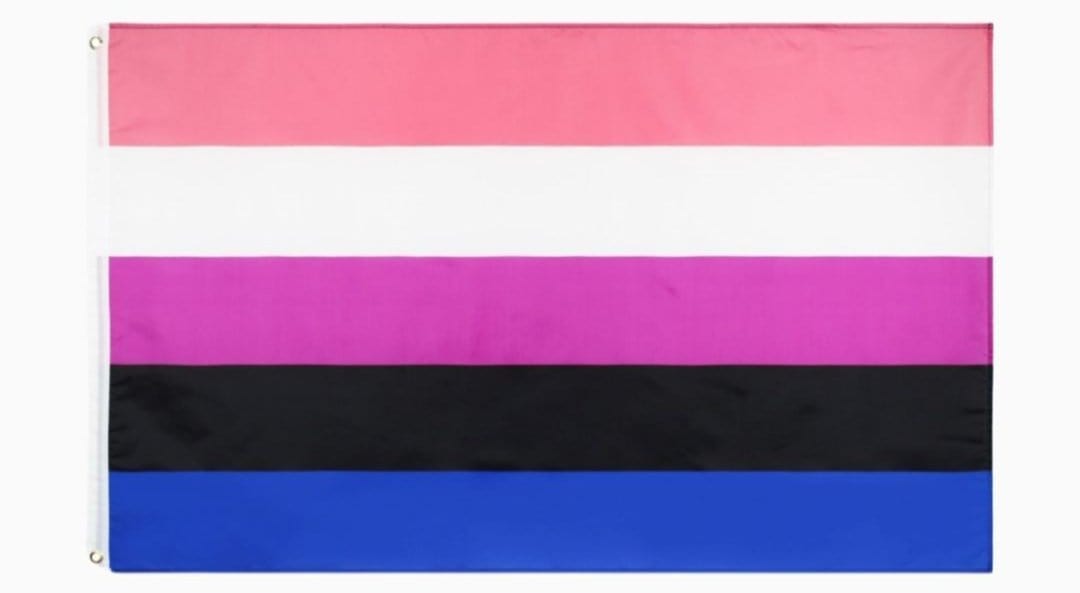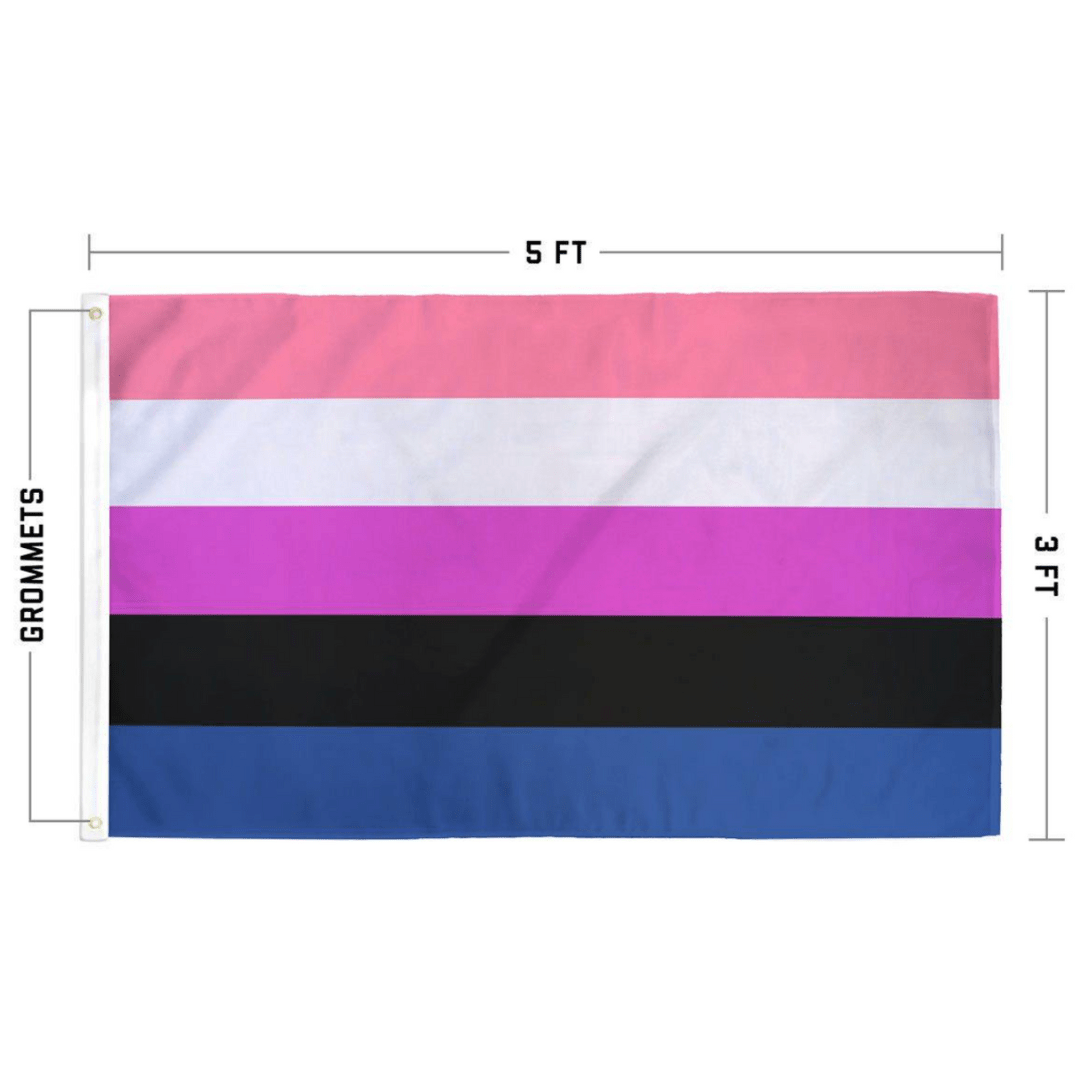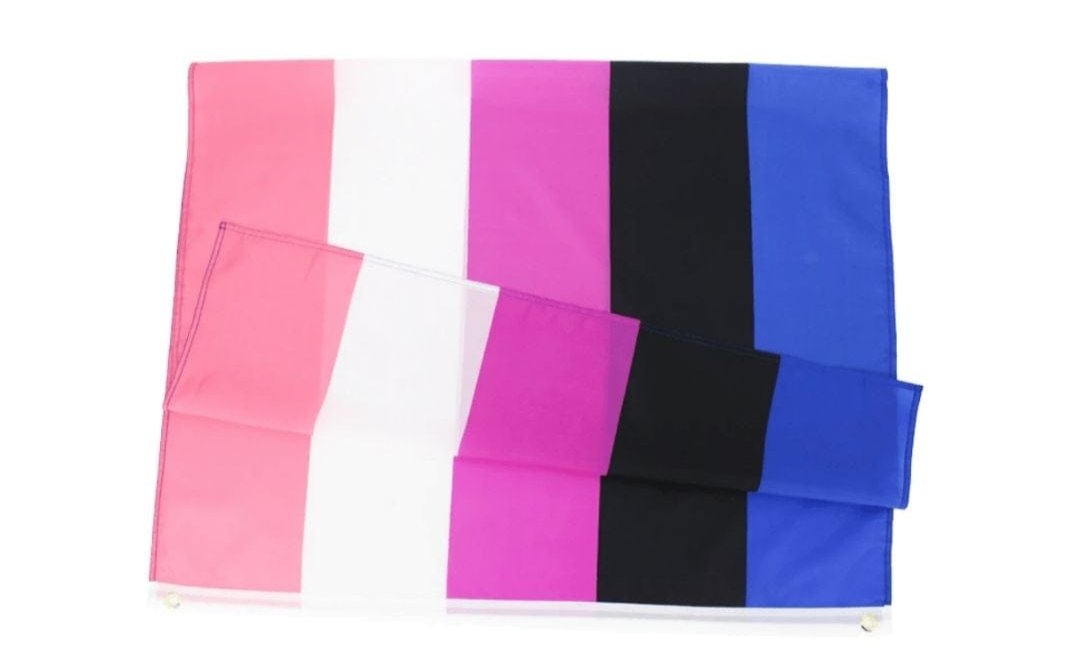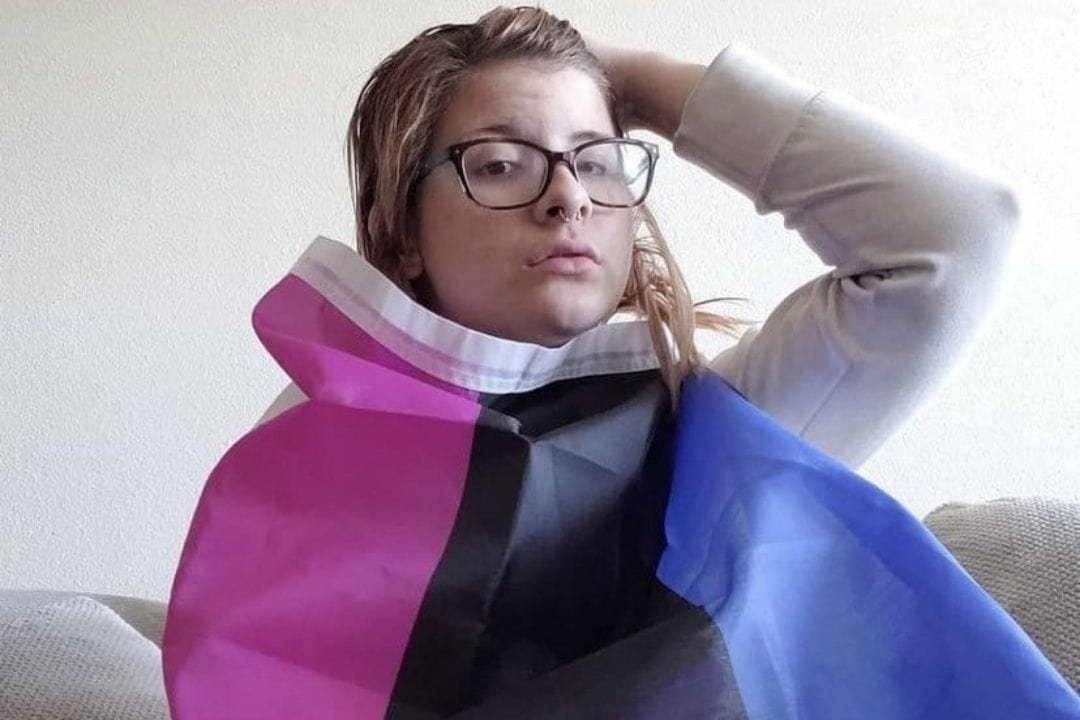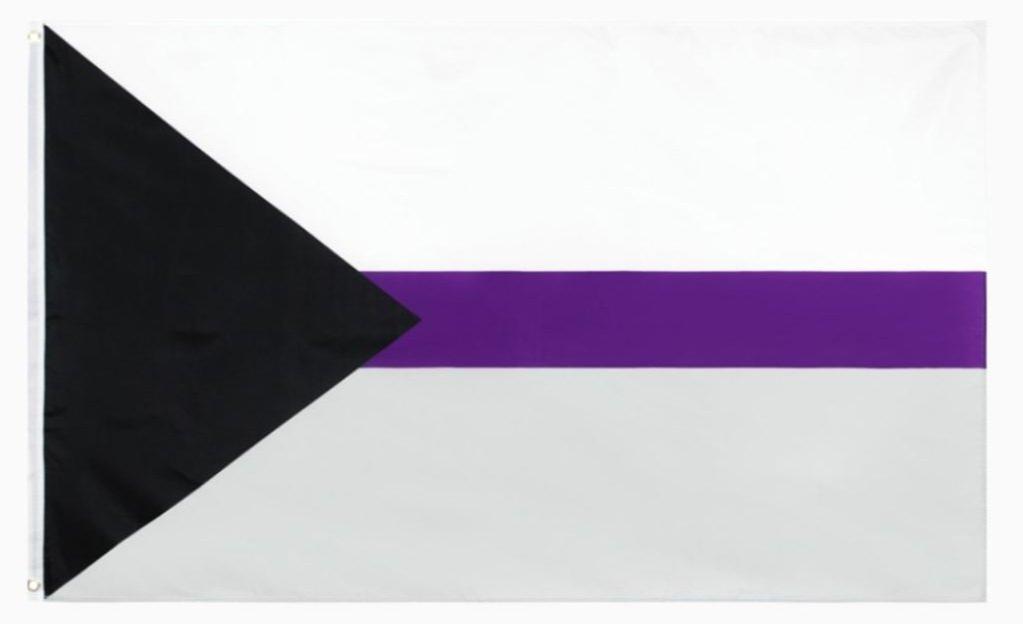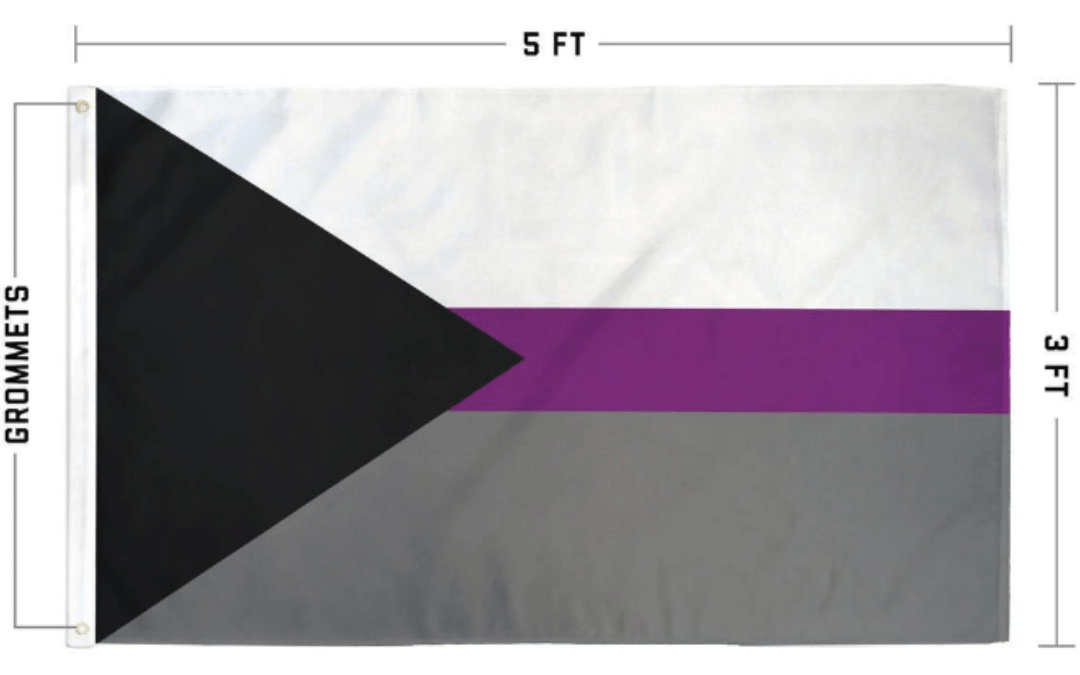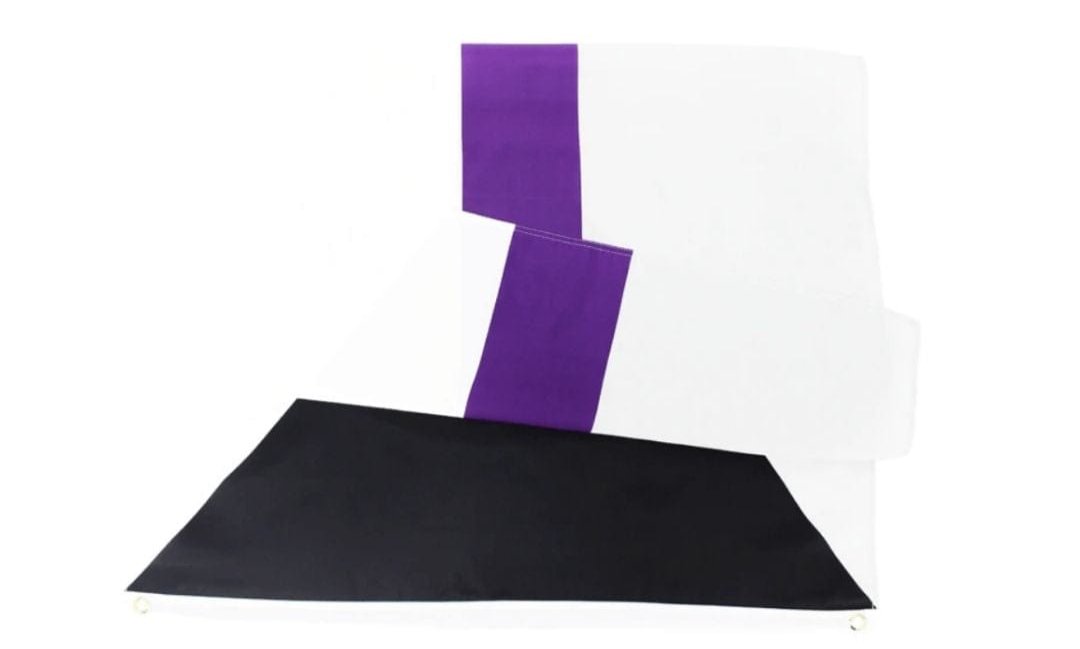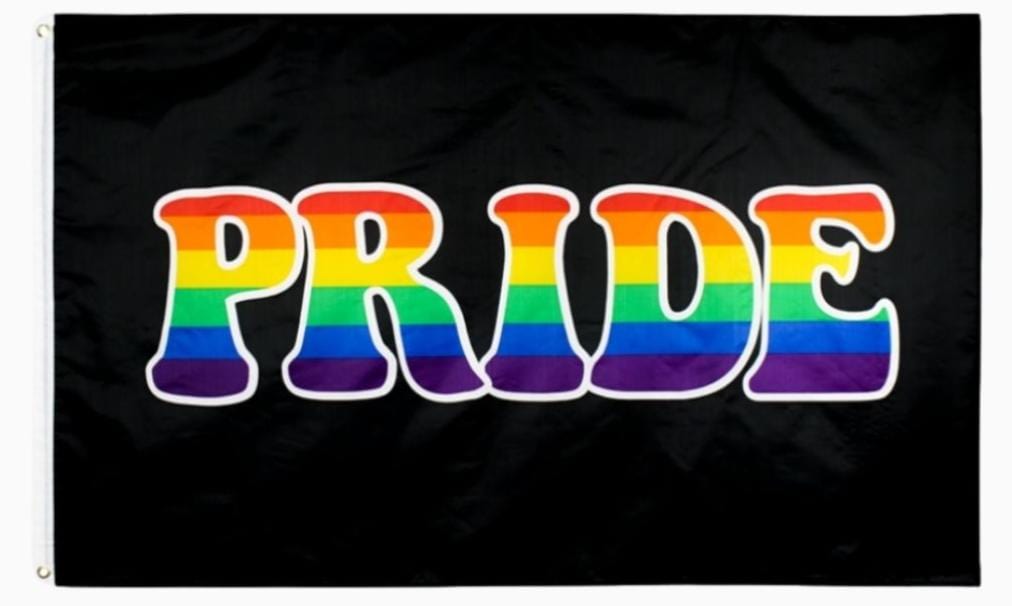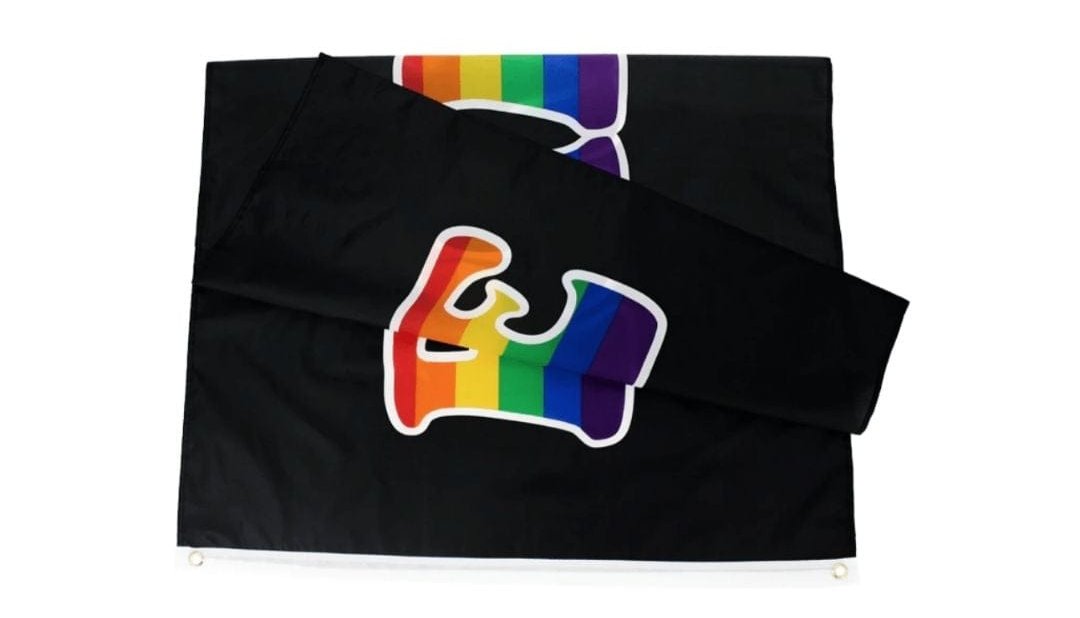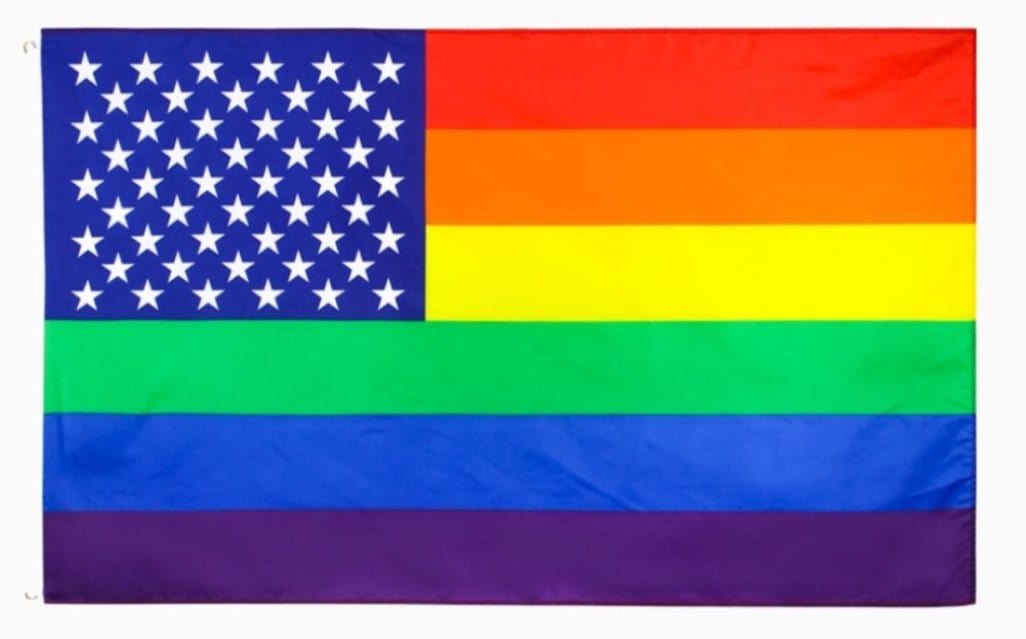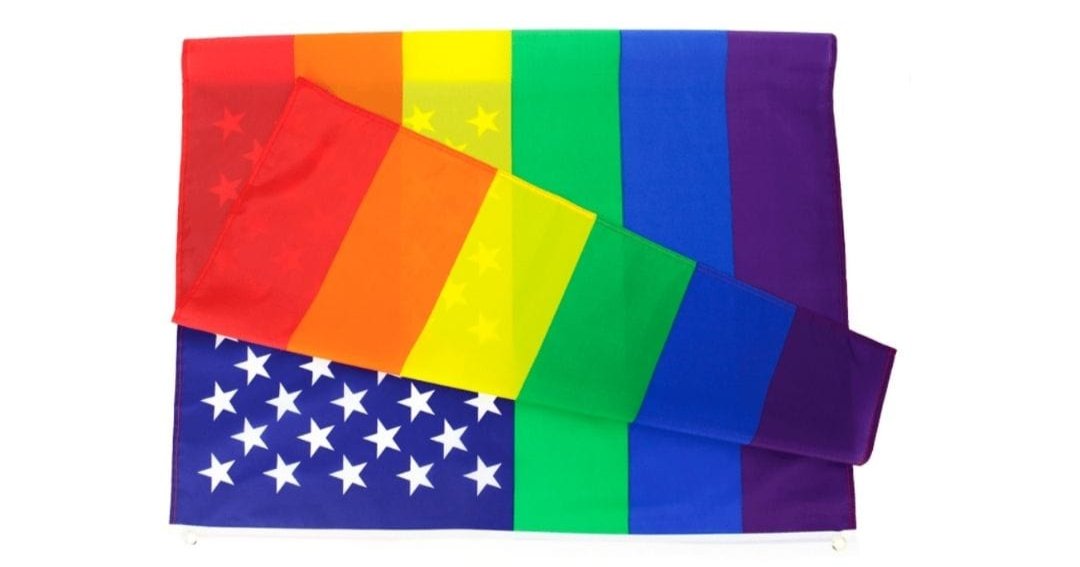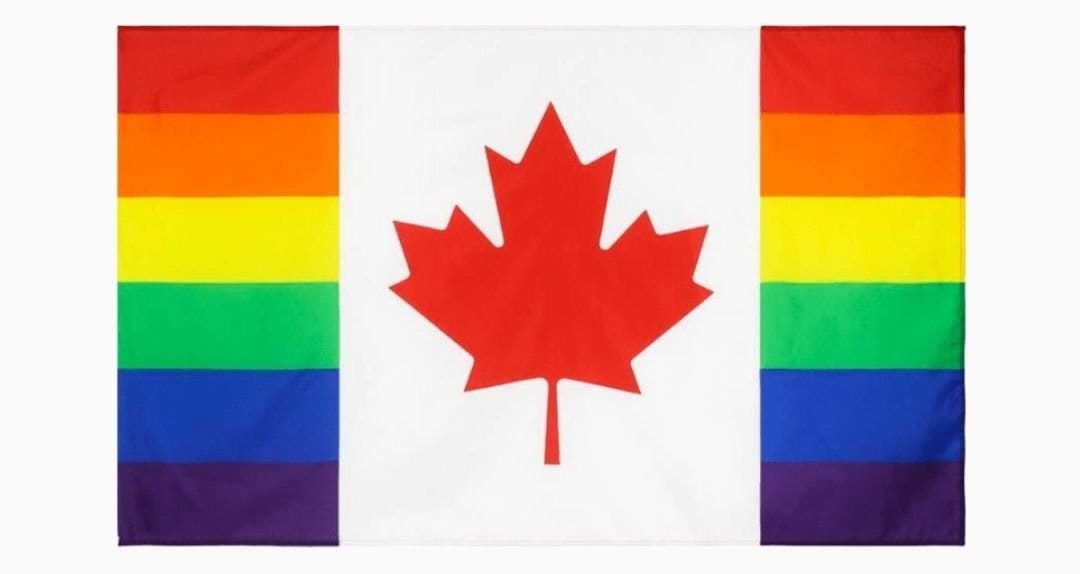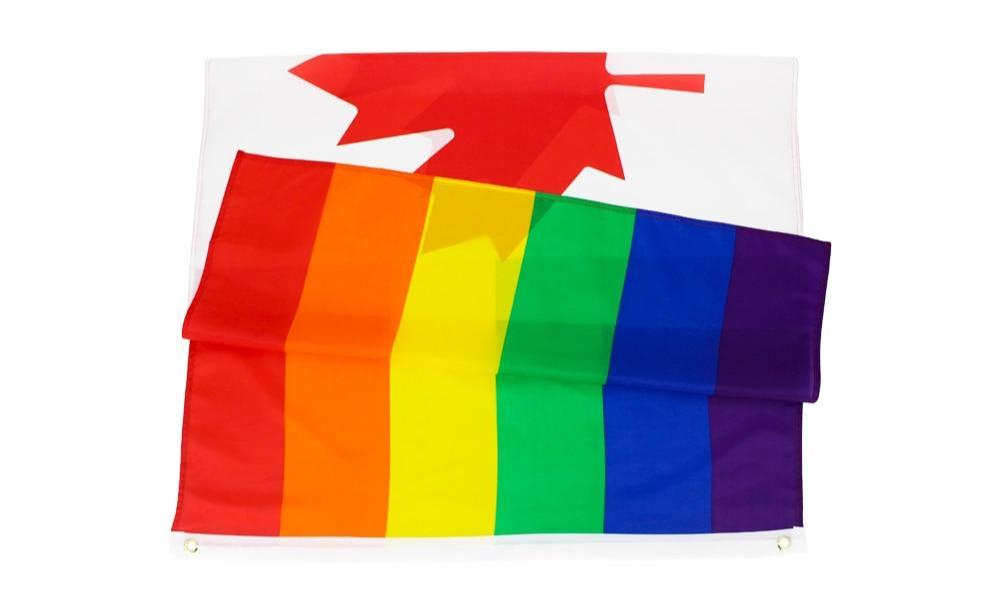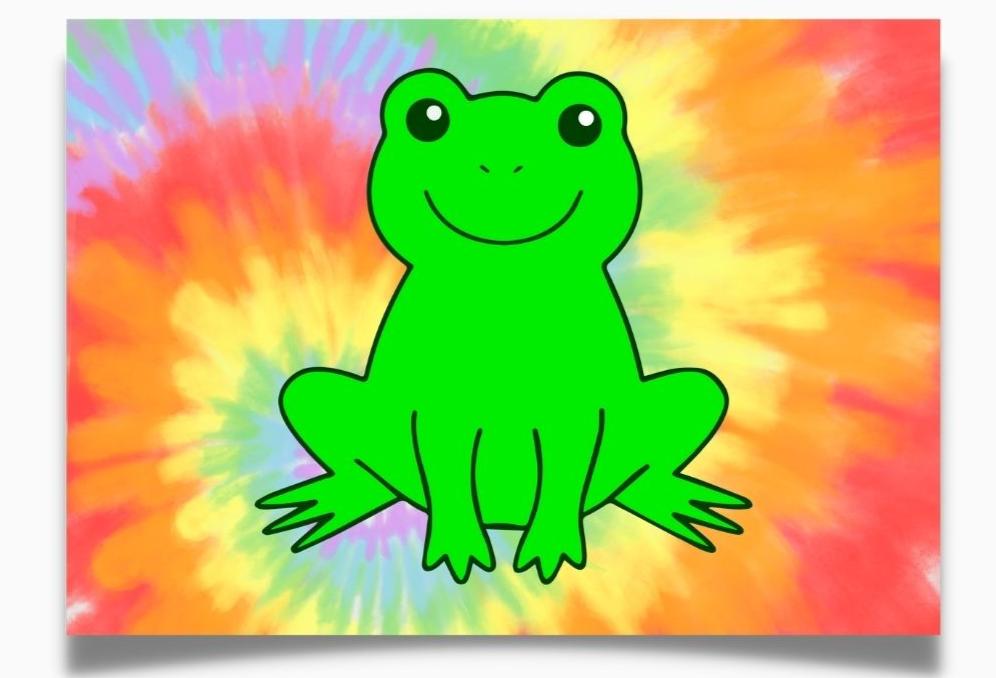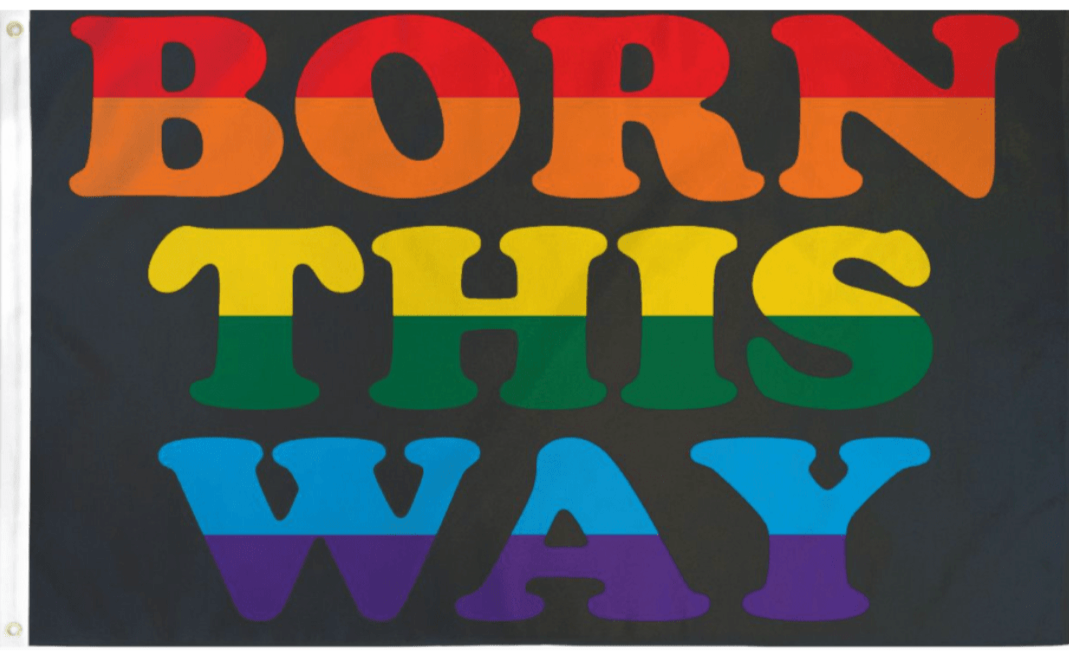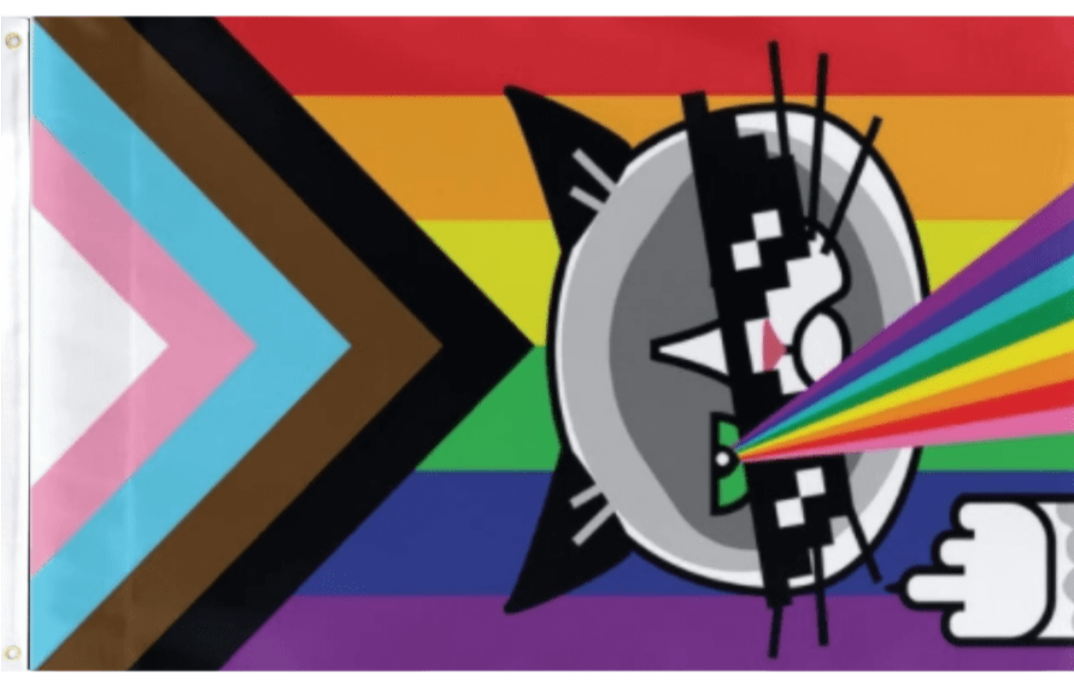In the realm of human identity, gender transcends the rigid confines of the traditional binary, embracing a rich tapestry of expressions beyond the confines of male and female. The non-binary umbrella term stands as a testament to this diversity, encompassing a spectrum of identities that defy the limitations of the gender binary.
Non-binary individuals experience their gender in a myriad of ways, often identifying as neither solely male nor female. They may feel like a blend of both, or perhaps their gender identity fluctuates over time.
To fully grasp the complexities of non-binary identities, let's delve into some of the specific terms that fall under this umbrella:
1. Genderqueer is also used in conjunction with genderfluid due to their similarities. Genderqueer people do not fit into any gender binary, while genderfluid people may simply "switch" between the binaries or along the gender spectrum. A broad term encompassing a wide range of gender identities that do not conform to the traditional binary of male and female. Genderqueer individuals may feel like a blend of both genders, neither gender, or a gender that is entirely their own.
2. Agender Individuals who identify as agender do not feel a strong sense of gender identity. They may feel like they have no gender at all or that gender is irrelevant to them.
While agender is typically considered under the transgender and/or non-binary umbrellas, different individuals may or may not identify with those terms; those who do use them do not need to transition physically, legally, or socially to be agender
3. Genderfluid individuals who experience their gender as fluid and changing over time. At times, these individuals may identify as male, female, both, or neither. Their pronouns may vary at different times.
4. Demigender individuals feel a partial, but not full, connection to a particular gender. Anyone can be demigender regardless of what gender they were assigned at birth, and demigender individuals may identify as another gender in combination with their demigender identity.
The prefix demi- can be added onto various gender labels to denote a person who has a partial connection to the gender(s) in question
Demigirl - someone who partially, but not entirely, identifies as a woman or otherwise feminine. In particular, demiwoman can sometimes be used if a person is an adult, and is uncomfortable with the implication of young age with the use of "girl" in demigirl.
Demiboy - someone who partially, but not entirely, identifies as a man or otherwise masculine. Demiman in particular is sometimes used by adults who otherwise feel uncomfortable with the implication of being a young age from the "boy" in demiboy
5. Bigender individuals identify with any combination of two genders, and those genders can be binary ("man" or "woman") or non-binary. They may be experienced simultaneously or may alternate, and they may not be experienced equally or in the same way. For example, a bigender person might identify as both male and female.
6. Androgyne refers to a gender identity that combines elements of both masculinity and femininity. Androgyne individuals may present themselves in a way that is both masculine and feminine, or they may identify with both genders internally.
But.. isnt that the same as Bigender? No! While bigender is a gender identity in which a person has two co-existing genders, androgyne is a mix of the binary genders in particular. Bigender people have two genders, and these can be any two (including androgyne itself), but androgyne is one gender described as a blend of the two binary genders.
7. Xenogender is a broad term for gender identities that are not typically associated with the traditional binary. Xenogenders may be described using metaphors, symbols, or other non-traditional language. They may feel they cannot place a label on themselves, or feel as though they lack the terms to fully express their gender or identity, something that derives from a lexical gap.
8. Diamoric is an umbrella term for romantic and/or sexual attraction to non-binary individuals. Diamoric individuals may be attracted to all non-binary genders, or they may have a more specific attraction to certain non-binary genders.
This last two terms have recently emerged.The exact definition and name may not have stabilized, and may change significantly as more people identify with it
As with any marginalized group, non-binary individuals face unique challenges in a society that often struggles to understand and accept their identities. Misgendering, discrimination, and lack of visibility can take a toll on their mental and emotional well-being.
However, amidst these challenges, there is also a growing movement of acceptance and support for non-binary individuals. Allies can play a crucial role in creating a more inclusive world by using correct pronouns, educating themselves about non-binary identities, and challenging gender stereotypes.
The non-binary umbrella term is a testament to the beautiful diversity of human experience. By embracing this spectrum of identities, we can foster a more inclusive and equitable world where everyone feels valued and respected.
Enjoyed the reading? Then dont forget to follow us on Instagram and Tiktok! We post daily news and content.


